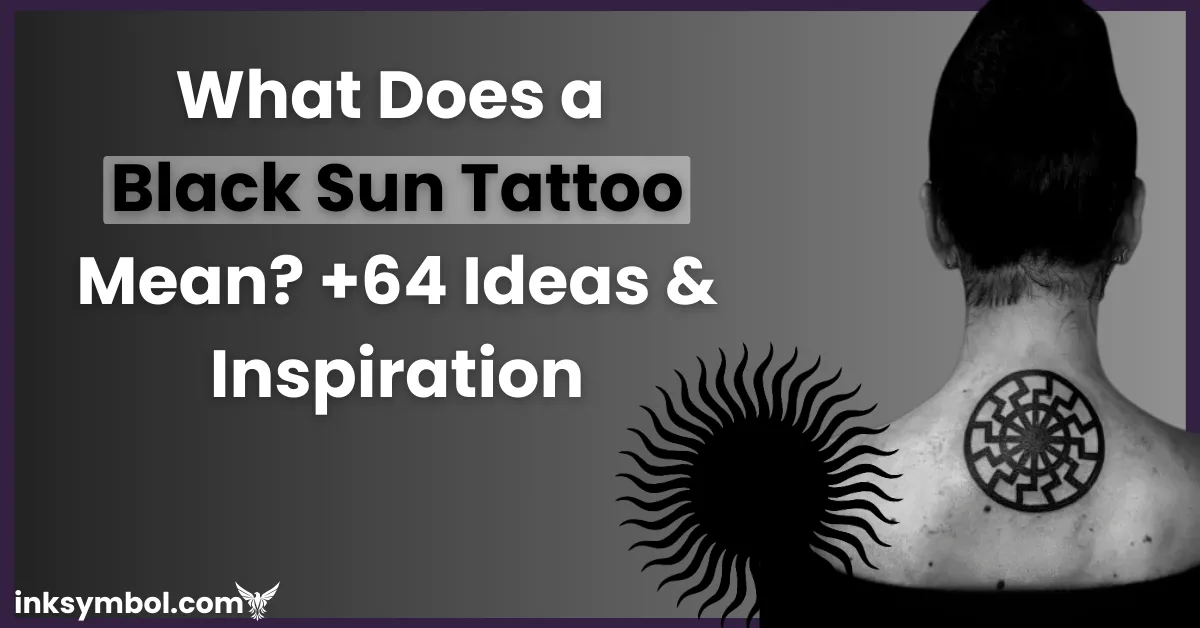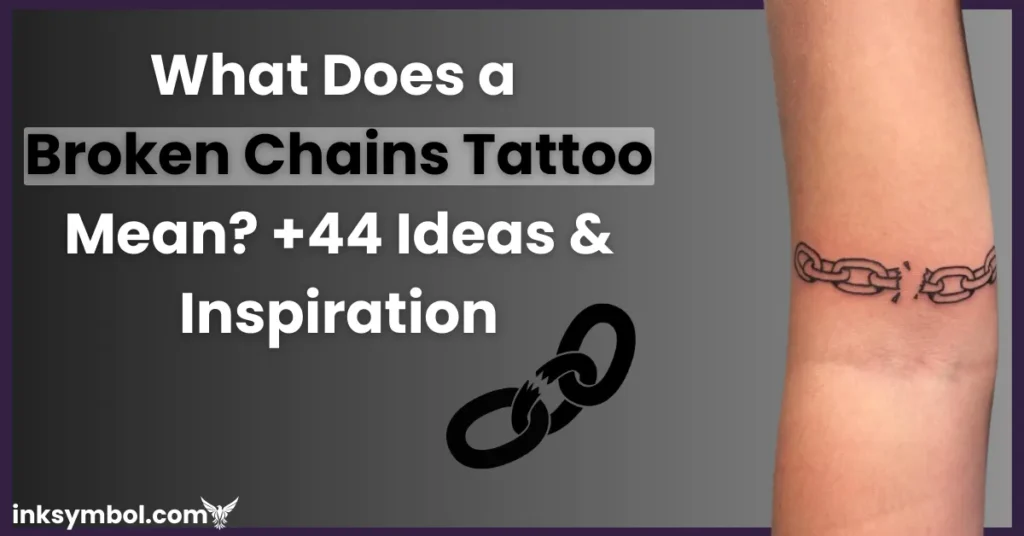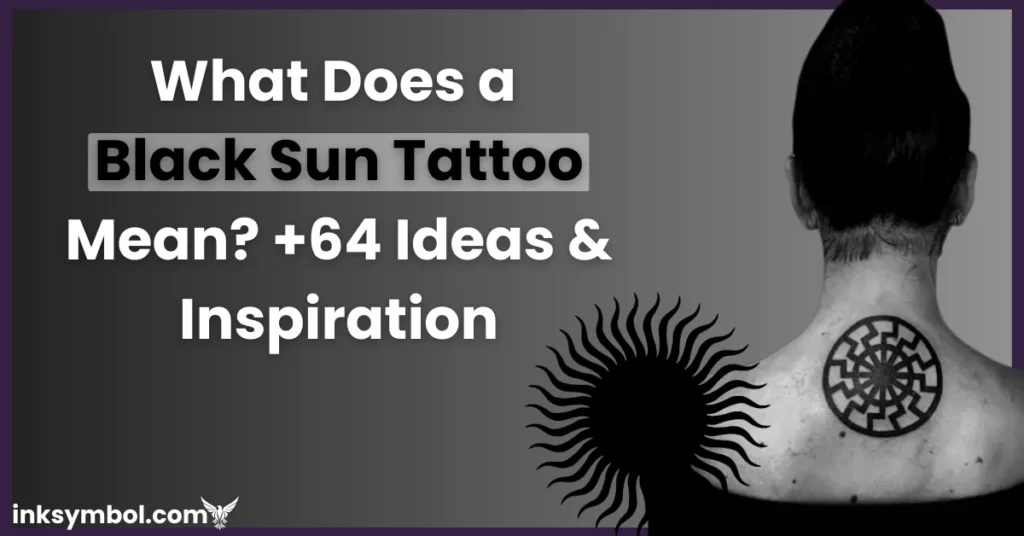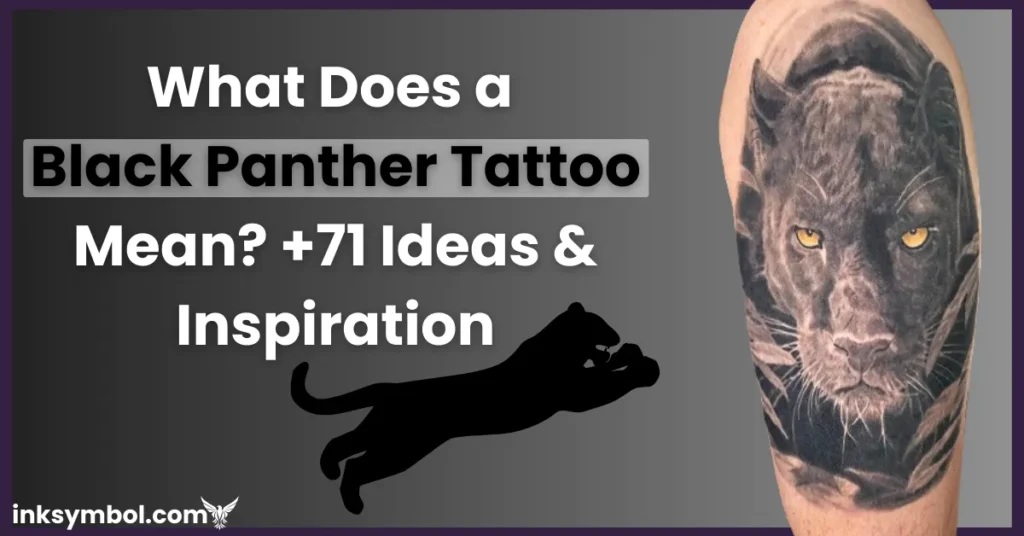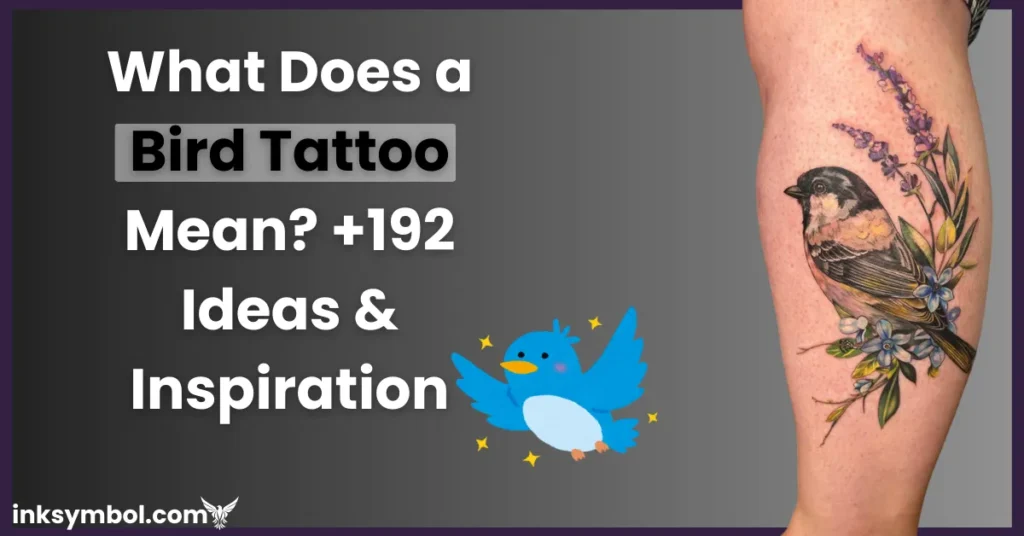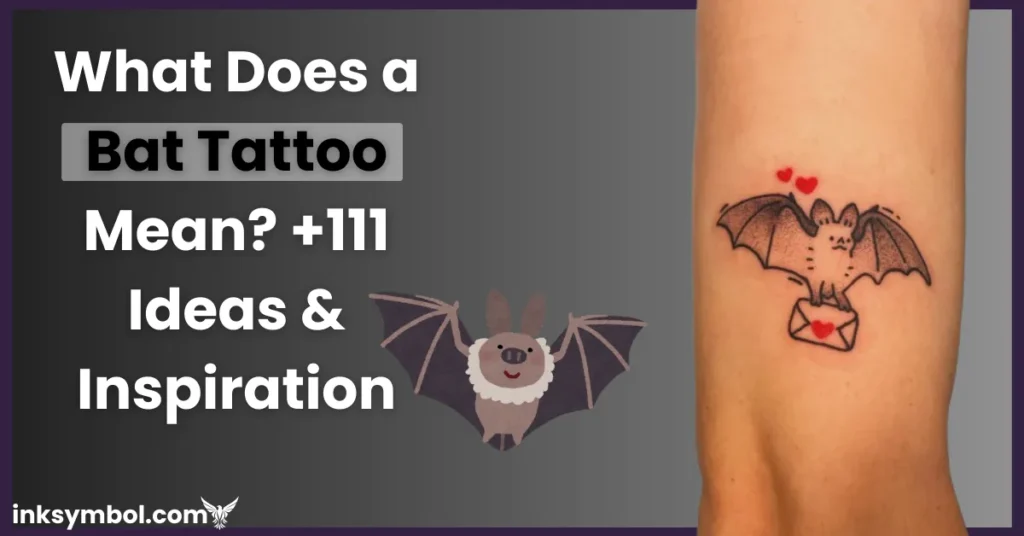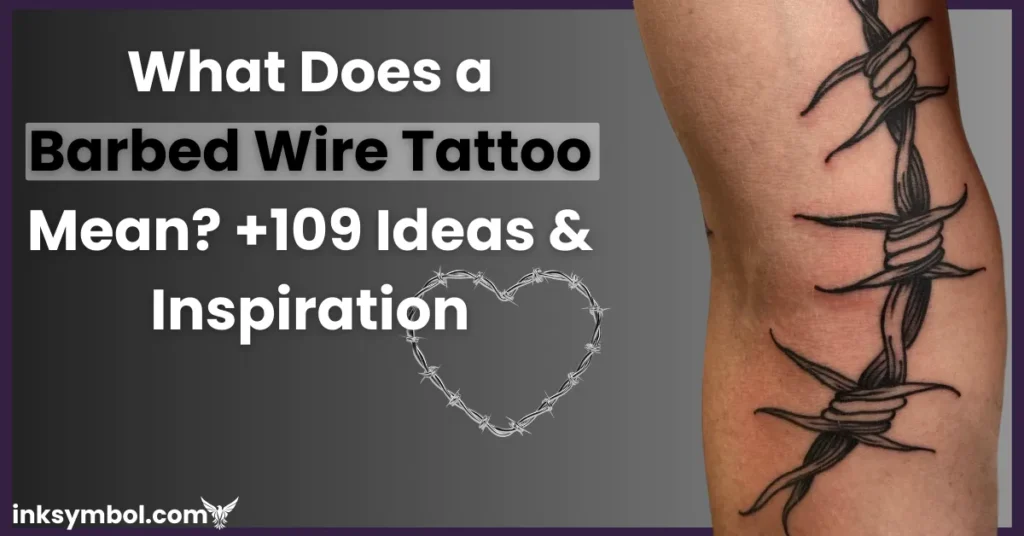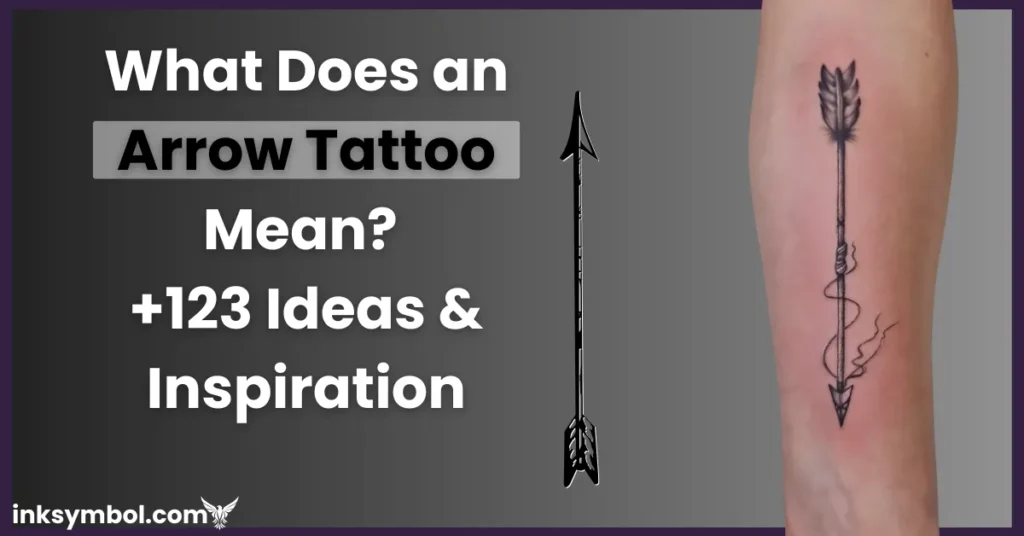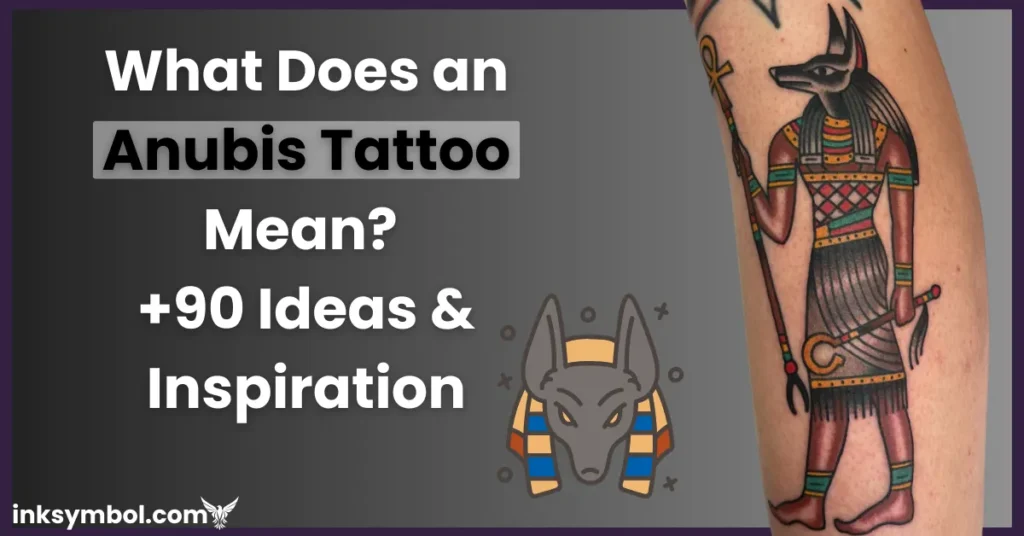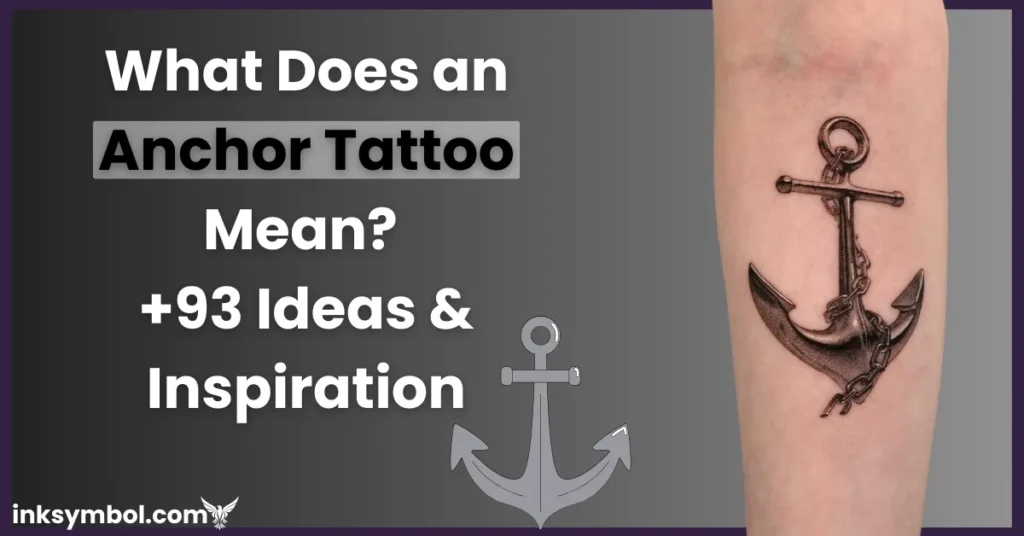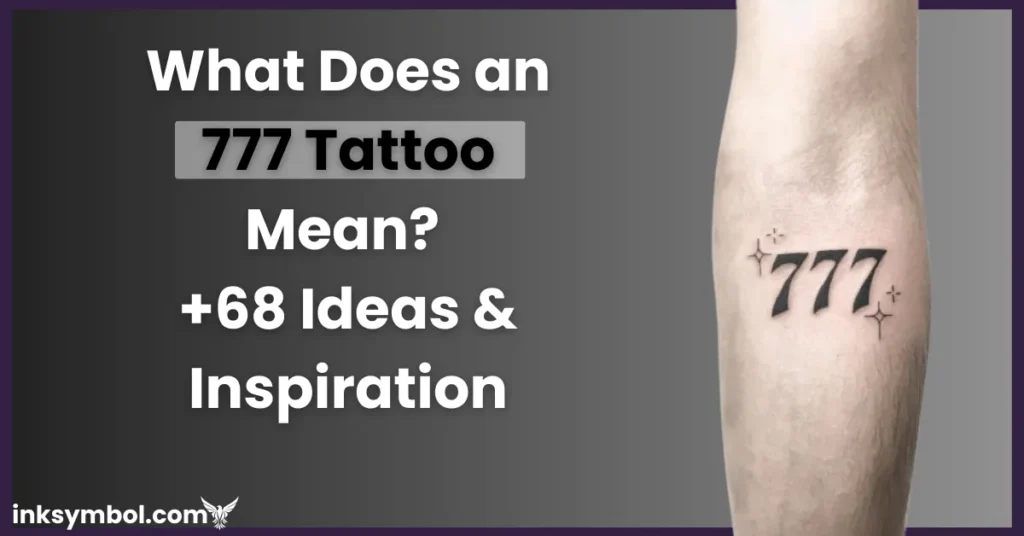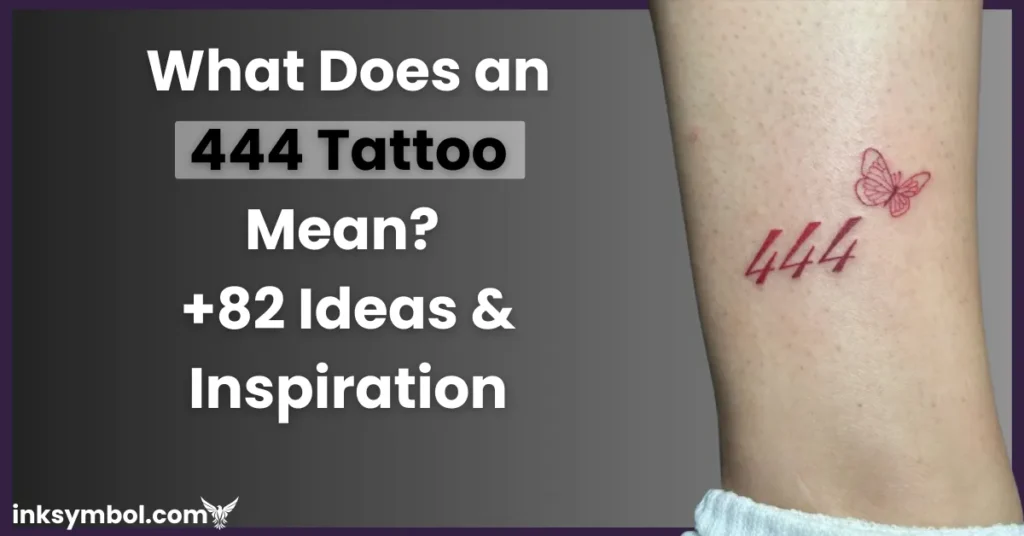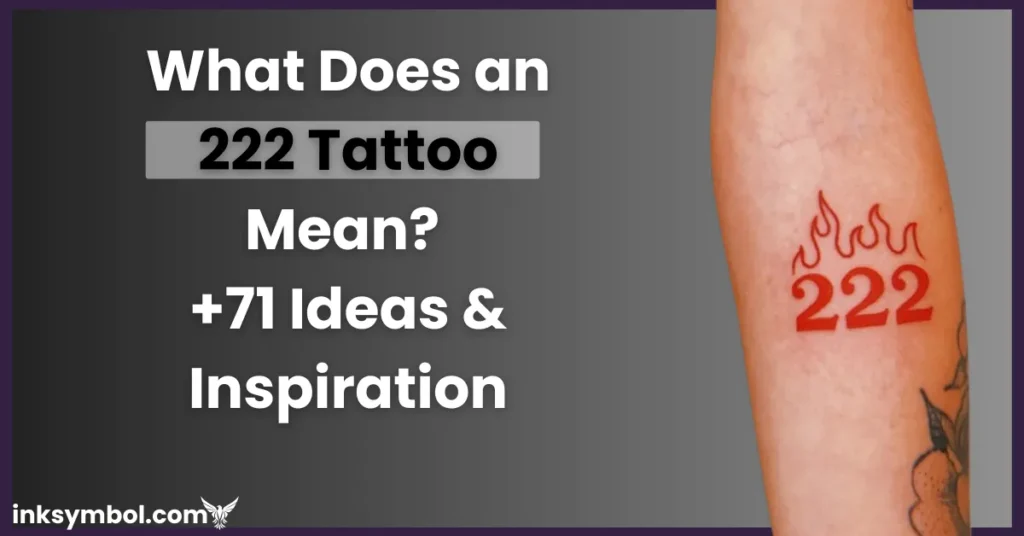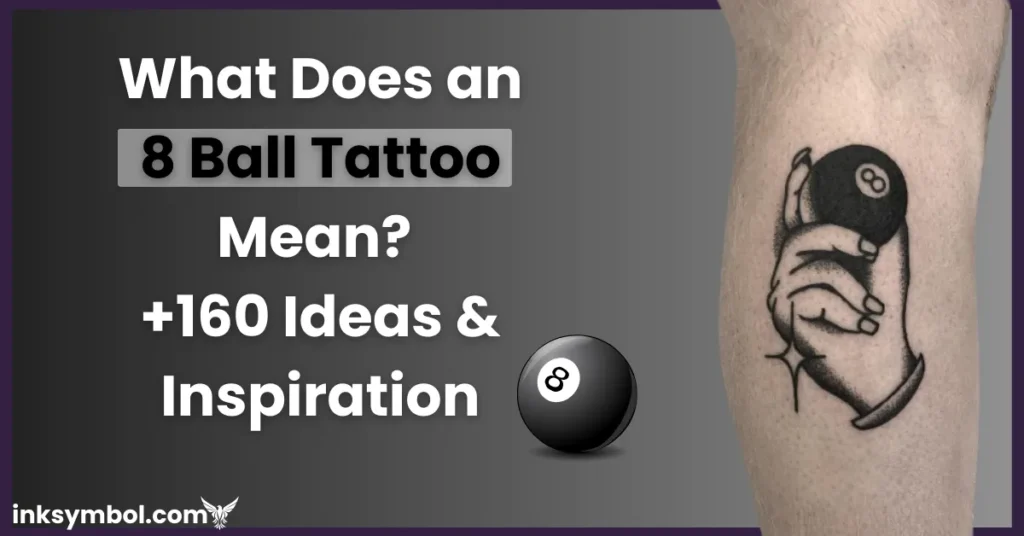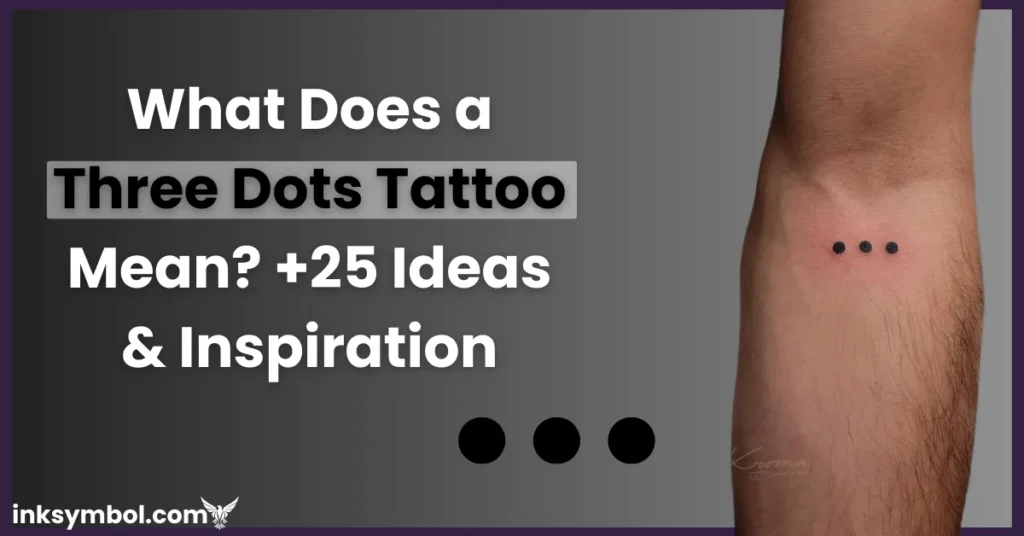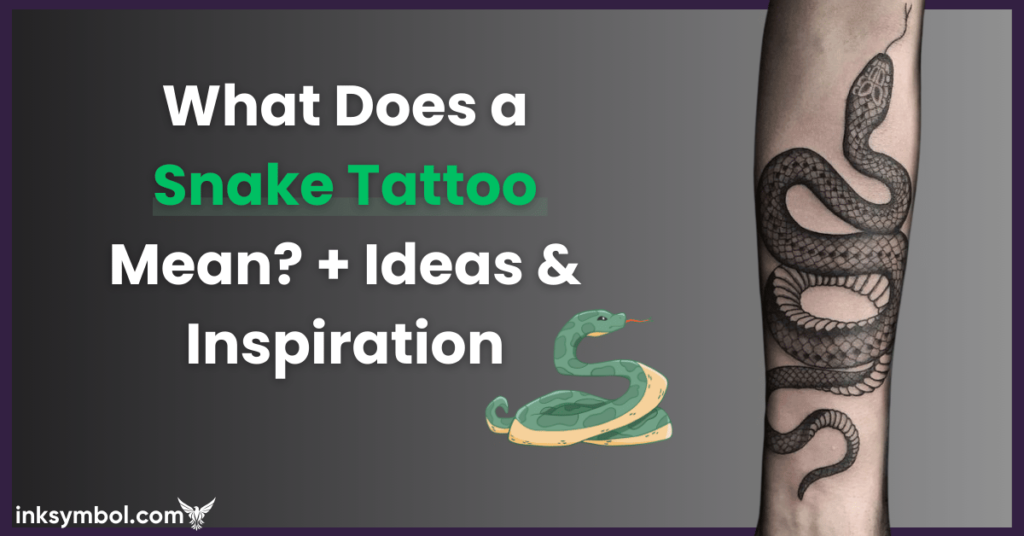Written by: Alexander Grant
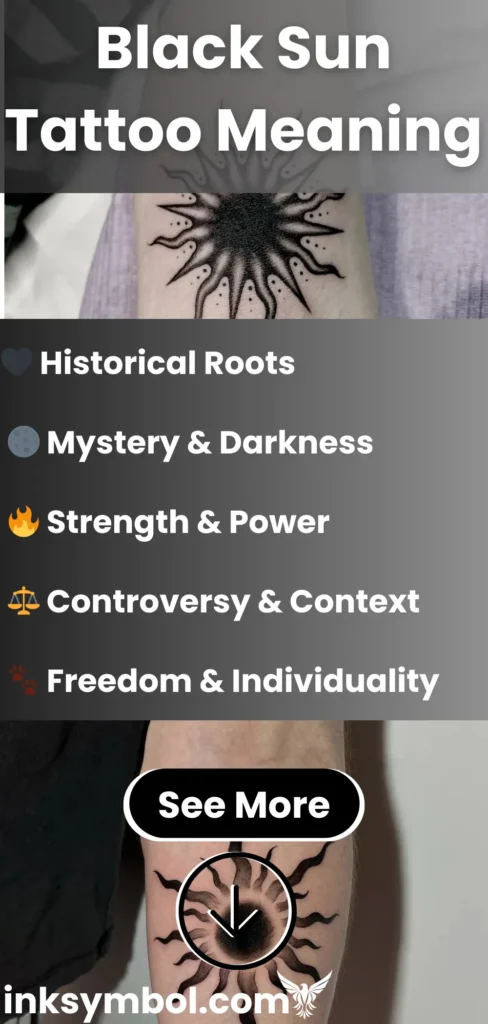
Curious about the Black Sun Tattoo Meaning? 🤨 This symbol—sometimes called the Sonnenrad—boasts a layered past, rooted in ancient traditions before being twisted by 20th-century extremists. 🧐 Let’s unpack its origins, modern interpretations, and why choosing this design demands careful thought.💡 From Viking sun wheels to its misuse in Germany, we’ll untangle the Black Sun’s story so you can decide if it’s right for your skin. Ready to explore a symbol that’s equal parts history and controversy?
Table of Contents
- Historical Roots of the Black Sun Symbol
- Multilayered Symbolic Interpretations
- Controversies and modern associations
- Aesthetic and Personalization Aspects
- 64 Black Sun Tattoo Ideas☀️ ➜
Historical Roots of the Black Sun Symbol
Let’s unpack the story behind the Black Sun symbol—it’s not just a nazi emblem. Its origins weave through early European cultures, with surprising twists. From possible wheel symbols to its dark Germany connections, this icon’s journey reveals layers even historians debate.
Sun motifs? Humans loved them everywhere! Egypt had Ra, but let’s zoom in on Europe. Ever heard of runes? Norse carvings used them alongside solar imagery. And those sundials? Clever gadgets, but wait—members of certain 20th-century groups twisted these symbols horribly.
| Period | Cultural Context | Significance |
|---|---|---|
| Ancient Times (Bronze Age) | Indo-European Cultures, Norse Mythology | Solar symbol, possibly related to sun worship and natural cycles. |
| Early Middle Ages (Merovingian Era) | Merovingian decorative arts | Inspiration for early designs resembling radial sun wheels. |
| Early 20th Century | Occultism, Germanic mysticism | Emergence as a distinct symbol through the work of Karl Maria Wiligut. |
| Nazi Germany (1930s-1940s) | SS Ideology, Wewelsburg Castle | Adopted by Heinrich Himmler and the SS as a symbol of Aryan identity, occult power, and a mystical connection to Germanic ancestors. |
| Post-War Era (1950s-Present) | Neo-Nazism, extremist groups | Used as a coded message and symbol of adherence to esoteric Hitlerism and white supremacy. |
| Modern Day | Various subcultures | Reappropriation attempts to reclaim pre-Nazi significance, alongside continued use by extremist groups. |
Key Insight: This timeline shows how the Sonnenrad shifted from original European symbolism to nazi propaganda tools. Notice the neo adaptations in later periods—yikes.
Himmler, that SS leader, really went all-in at Wewelsburg Castle. He had members redesign the Sonnenrad to push their warped Aryan myths. Here’s the twist: they mixed runes and solar motifs to create propaganda art. Modern neo groups still misuse these symbols, despite their original links to early Europe.
Curious about the questions historians ask? Like why certain runes resurfaced in 1930s Germany? Or how original Viking carvings differ from nazi copies? That’s where things get sticky—it’s all about context versus manipulation.

Multilayered Symbolic Interpretations
Let’s unpack the many faces of the Black Sun 🌑. While its nazi ties cast a long shadow, modern wearers across Europe are reviving older meanings tied to cosmic rhythms and personal growth. But how does this actually work? 🤷♂️
Here’s the twist—this symbol wears different hats depending on who’s using it:
- Alchemy: Think of it as spiritual compost 🔥—that messy first step (called *nigredo*) where old patterns break down before renewal. Basically, no darkness, no glow-up!
- Neo-Paganism: Some neo-members pair it with runes during rituals, seeing it as winter’s sun—still present beneath the earth, guiding rebirth cycles. Not exactly beach-vibes, but intriguing!
- Occultism: For shadow-workers, it’s like a spiritual flashlight 🔦—you’ve gotta face your dark side to find real enlightenment. Heavy stuff, but popular in certain European circles.
- Esoteric Traditions: Imagine it as a metaphysical Wi-Fi symbol 📡—some use it to “connect” with hidden dimensions or awaken dormant gifts. Your mileage may vary!
- Germanic Mysticism: Here, it’s less about nazi stuff and more about honoring early Germanic deities through runes and seasonal cycles. Think earthy, not extremist.
But let’s address the elephant in the room 🐘. The nazi spin still haunts this symbol, especially in far-right European groups. Quick note: cultural anthropologists warn about its weaponization in neo-extremist circles. Always ask—what’s the original intent behind its use?
So…can a symbol this loaded ever shake off its darkest ties? That’s the million-dollar question. For every person using it with original spiritual intent, there’s another twisting it for hate. Food for thought, right? 🤔
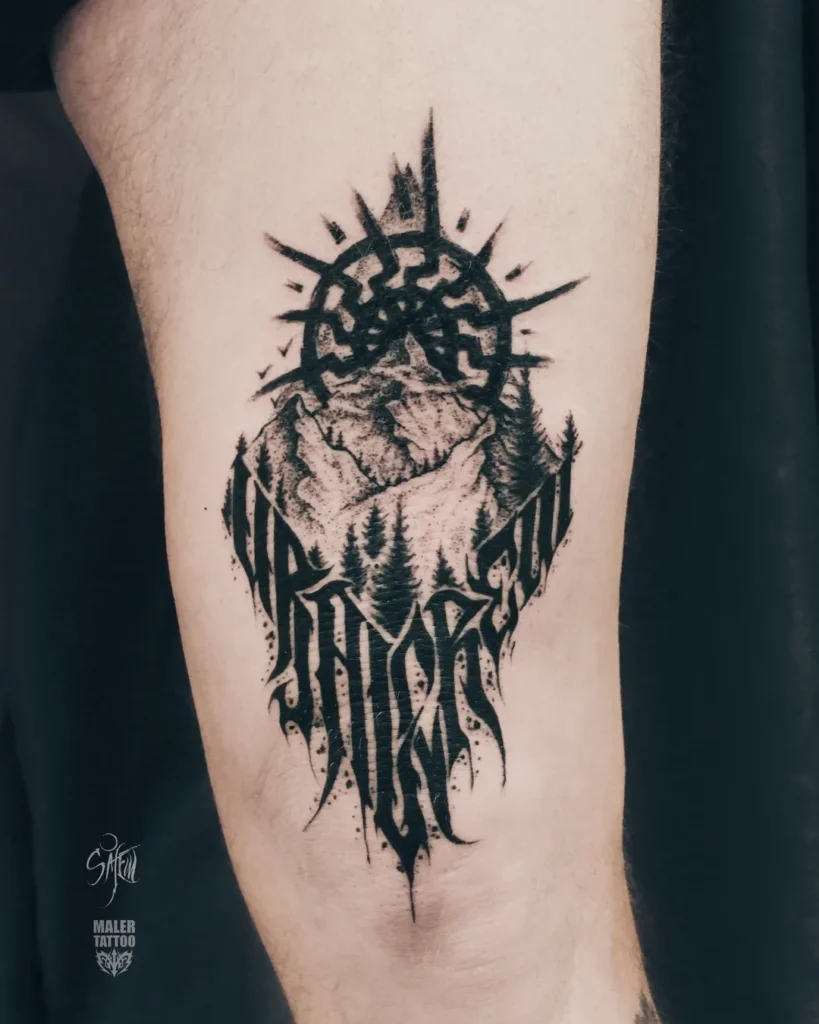
Controversies and modern associations
Extremist appropriation
Since the ’90s, the Black Sun got picked up by neo-nazi circles across Europe. Hardcore members now wave it as a hate flag – especially groups tied to nazi ideology. Spotting these networks? Check their merch and tattoo choices first.
Platforms keep deleting original-looking designs that reference these runes. But here’s the kicker: banned symbols often resurface coded as “historical European heritage”. That’s how nazi sympathizers keep gaming content filters while spreading toxicity.
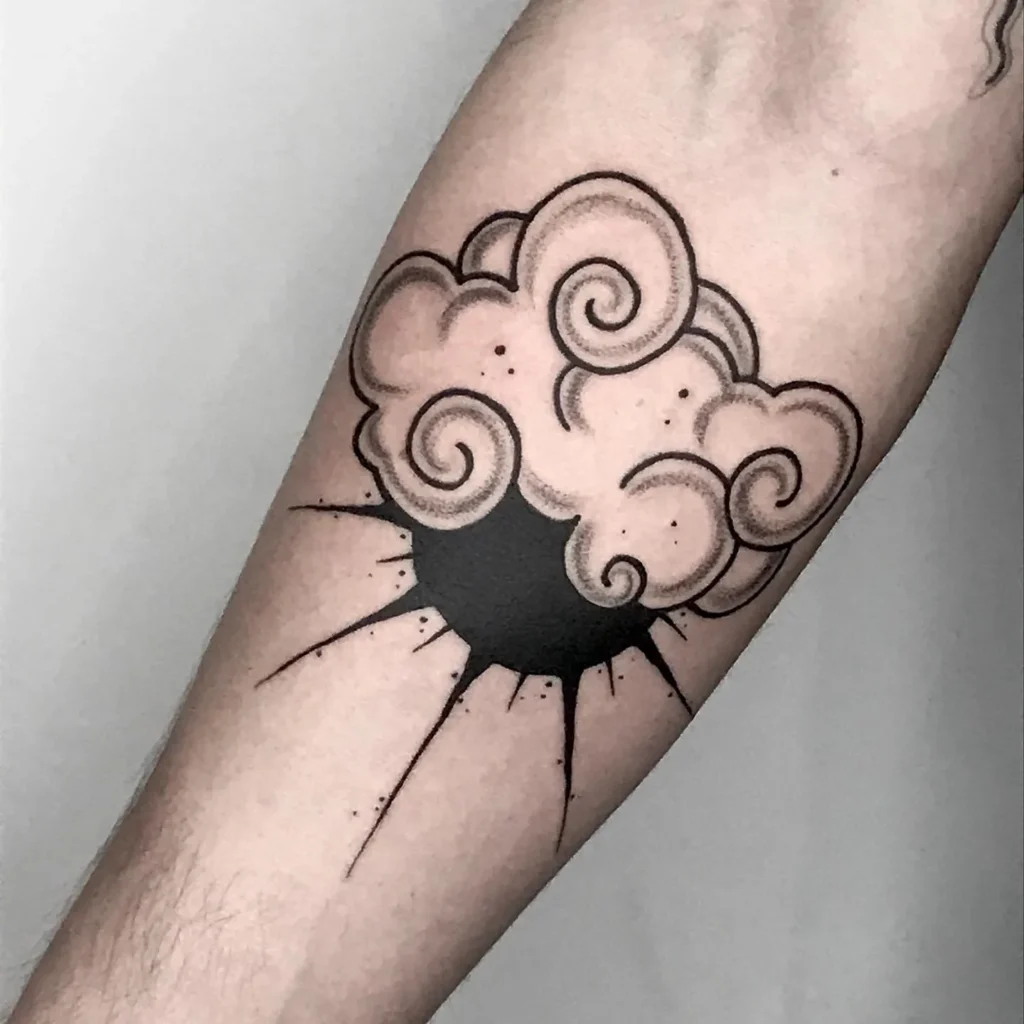
Responsible usage considerations
So what’s the play? Separate original Norse runes from their twisted neo versions. Before getting inked, ask tough questions: Is this about Viking history or modern hate? Check sources – real European artifacts look different from far-right knockoffs.
Tattoo artists face dilemmas too. When clients request these symbols, dig deeper: “Which original elements matter to you?” Suggest altering suspicious rune combos. Responsible creatives protect both art and people – no exceptions.
Aesthetic and Personalization Aspects
Design Elements Breakdown
Let’s unpack the Black Sun’s visual DNA 🔍. Original rune layouts and radial symmetry dominate its design—but did you know slight tweaks to these patterns shift their meaning entirely? It’s all in the details with this charged imagery.
European cultural adaptations often clash with problematic reinterpretations. Ask yourself: Who’s using it? What’s the context? Working with Nazi-era distortions requires extreme care. A specialist in Europe’s original symbolism can help navigate these waters safely. Pro tip: Every tattoo tells a story, so make yours intentional!
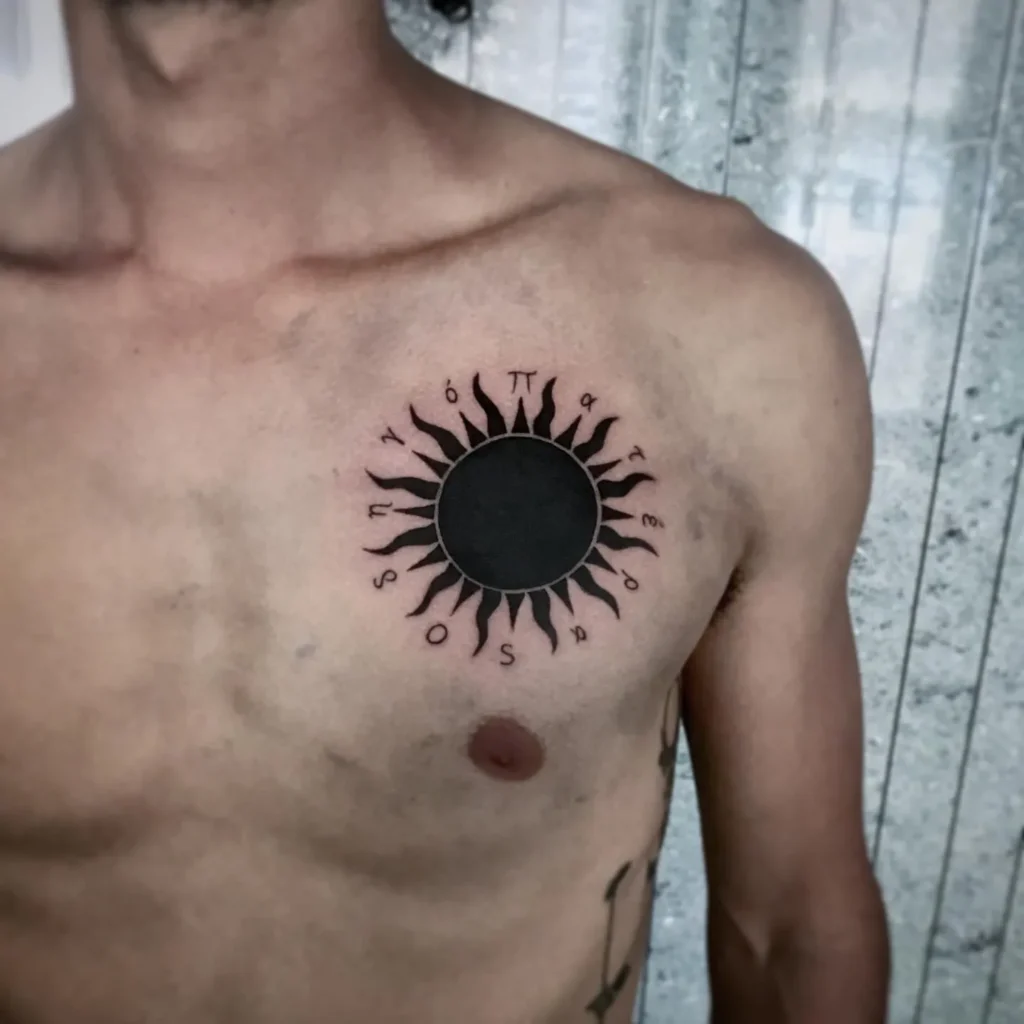
Personal Significance
Why would members today choose this symbol after its Nazi-era misuse? Paradoxically, some members see it as armor against past trauma—a phoenix rising from ashes 🦅. Interviews reveal stories of folks wrestling with Europe’s complex history while carving new meanings.
Reclaiming symbols from Nazi-era extremism isn’t just personal—it’s political. It demands sharp awareness of both self and society. Original rune work often gets tangled with hate groups, so ask: Can we rewrite a symbol’s legacy? The debate’s fiery, but the process starts with honest questions.
Cultural Sensitivity
Manifestly, placements matter. Where’s least likely to offend? Think upper back over forearm—visibility changes everything ⚖️. Always consult experts versed in Europe’s original rune variations before committing. Miss this step, and you risk echoing the Nazi regime’s appropriation.
Here’s the kicker: Should we retire contested symbols or reinvent them? Members looking to reclaim original rune work face tough questions. While some argue “recontextualize!”, others shout “erase!”. Either path requires respecting Europe’s tangled past—no easy answers here, folks.
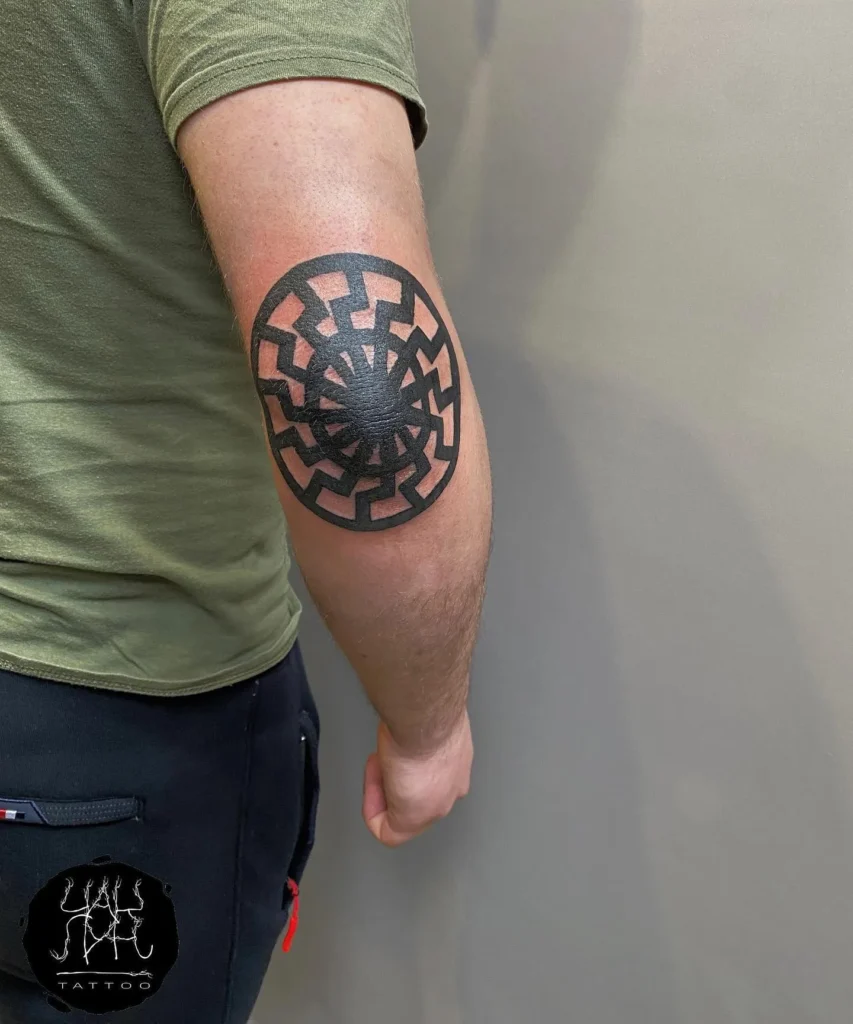
The Black Sun 🖤 holds deep symbolism – handle with care. Its ancient origins are tangled with links to Nazi Germany… a heavy legacy, right? ✍️ Before getting inked, really dig into those complex layers. Knowing the history helps you honor it responsibly. Make your tattoo a statement that’s both powerful and thoughtful! ✨
64 Black Sun Tattoo Ideas & Inspiration
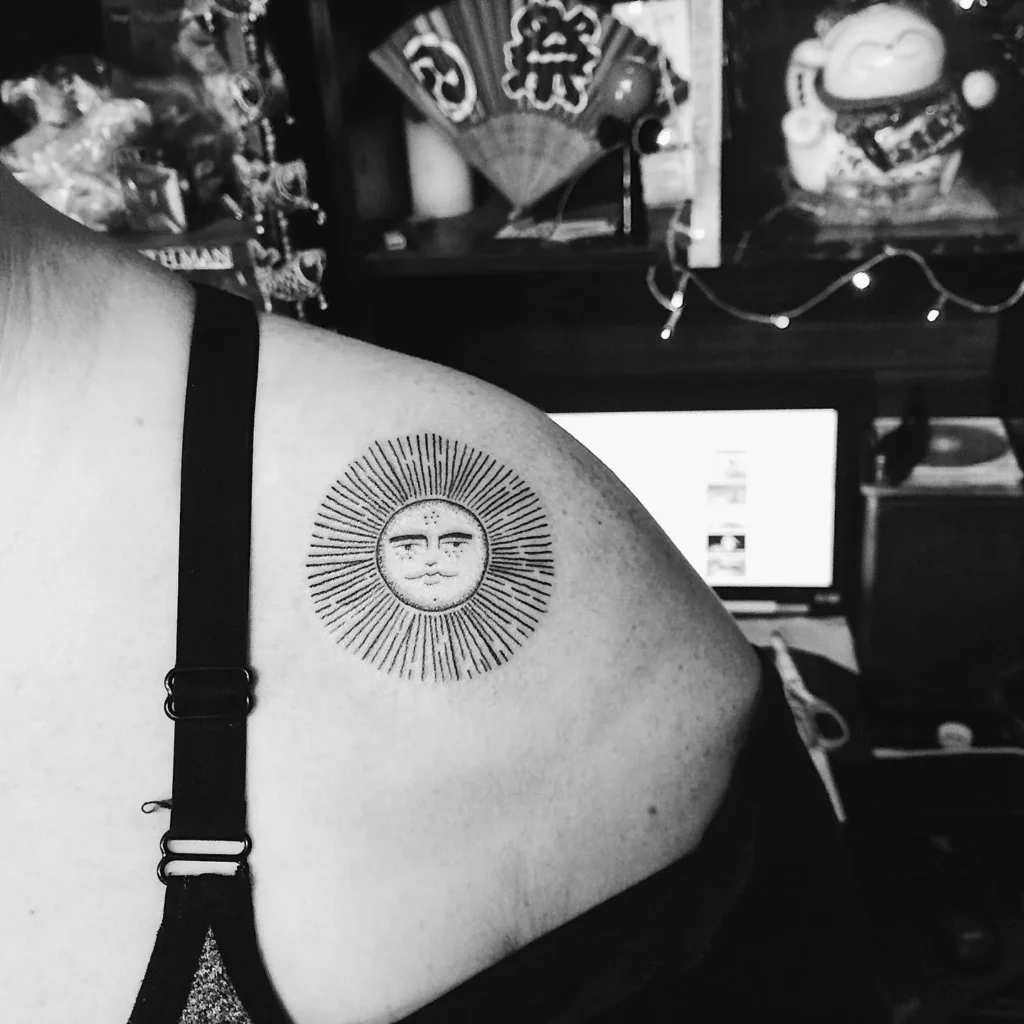
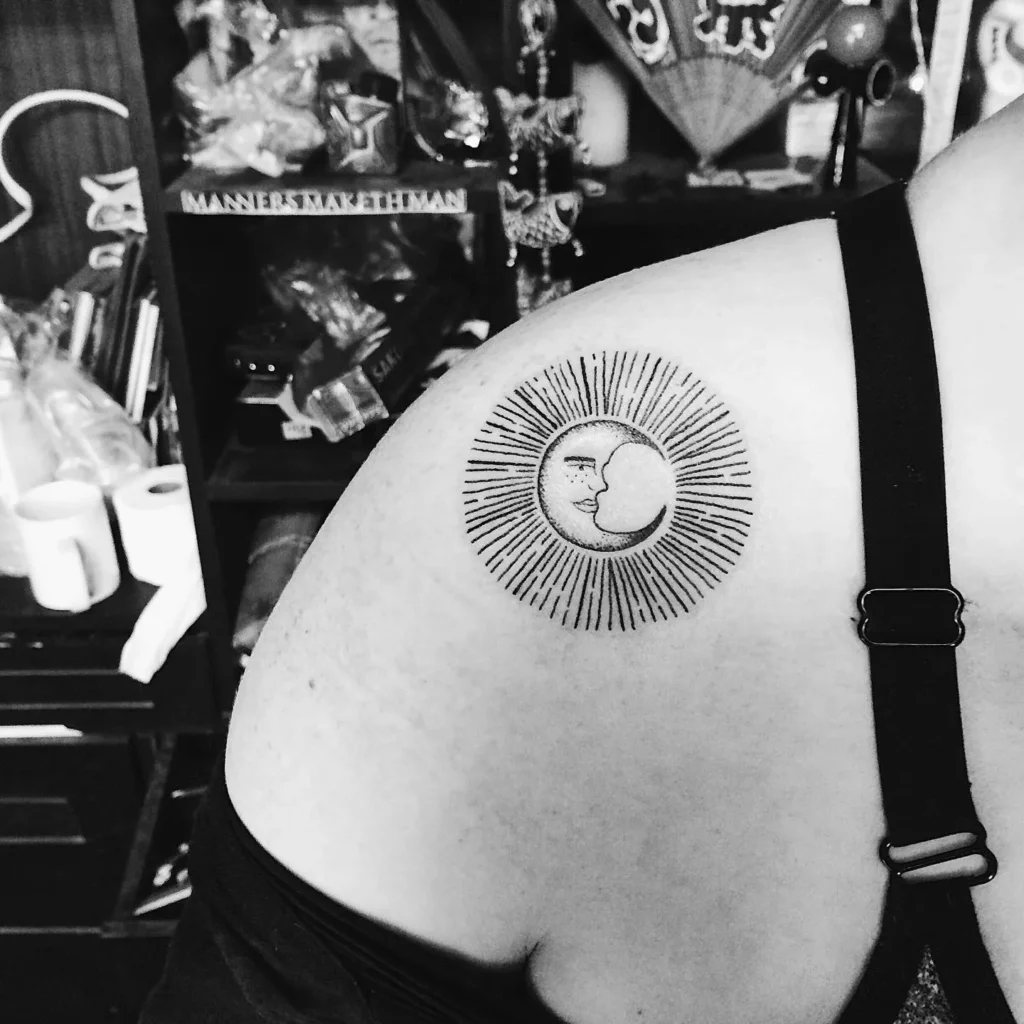
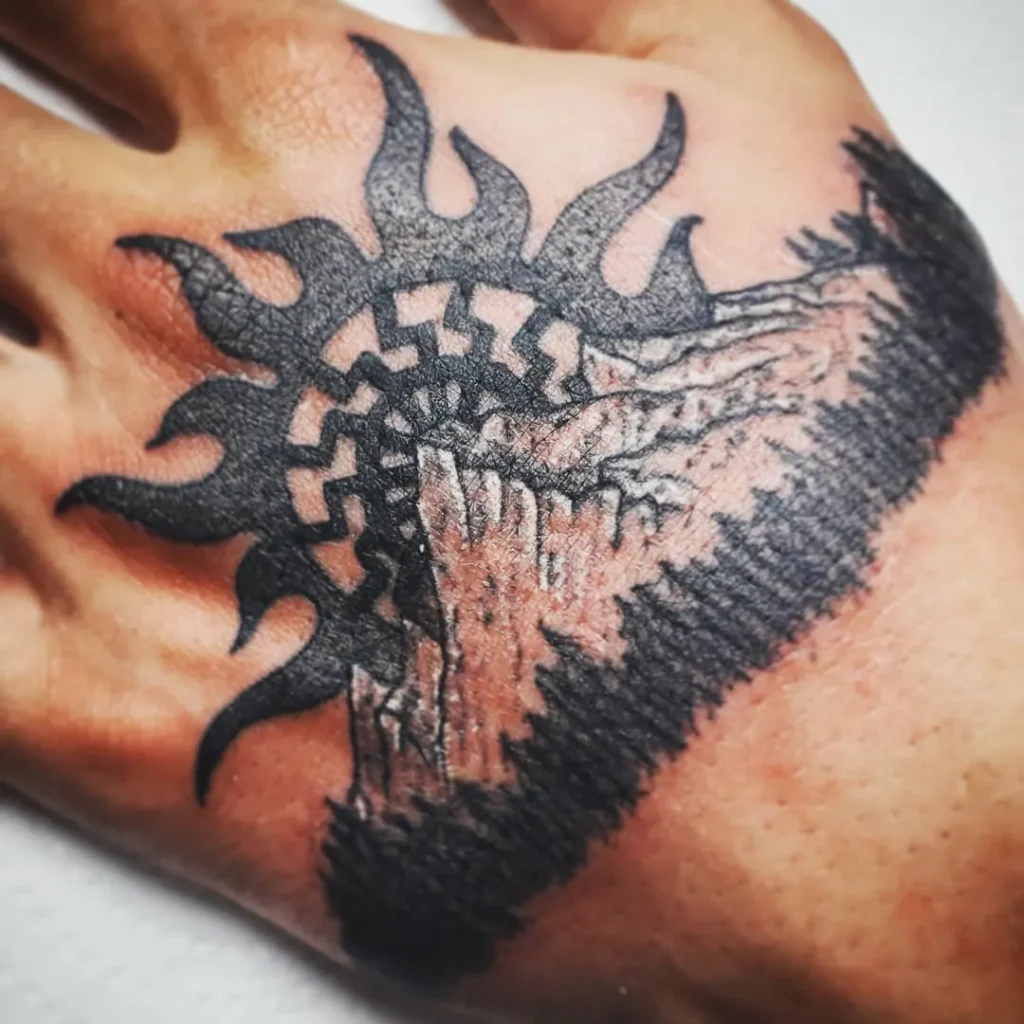
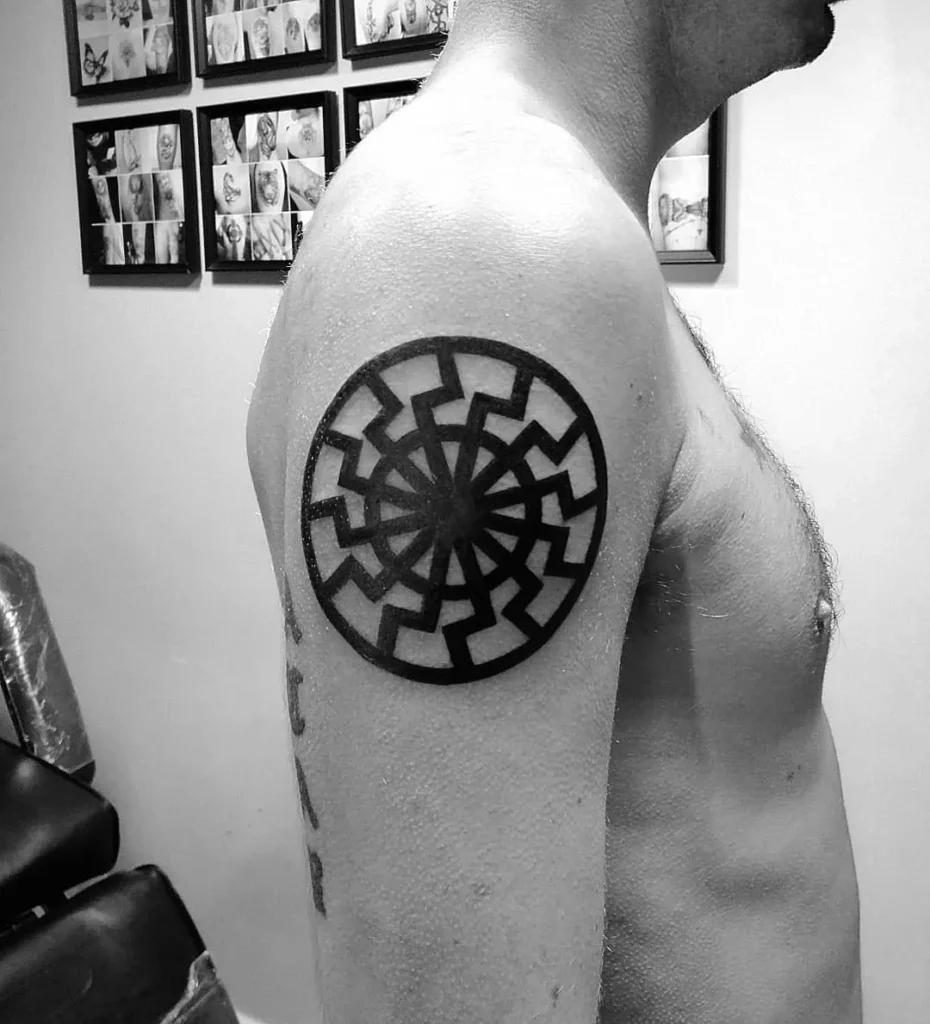
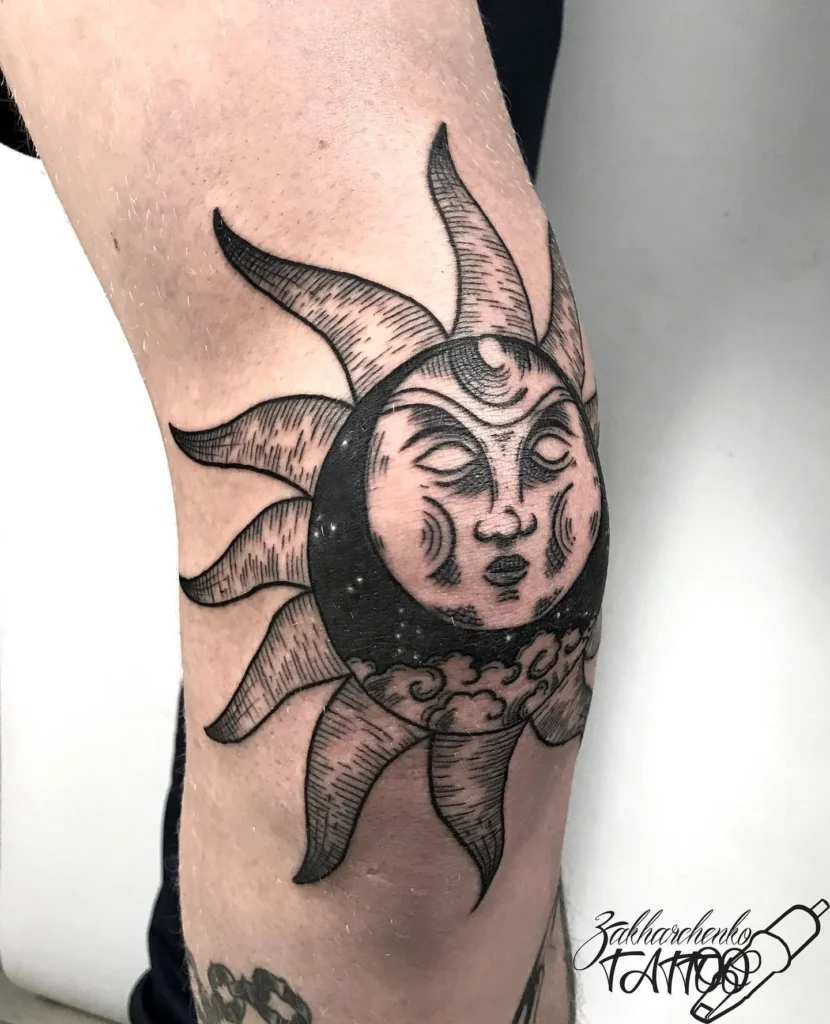
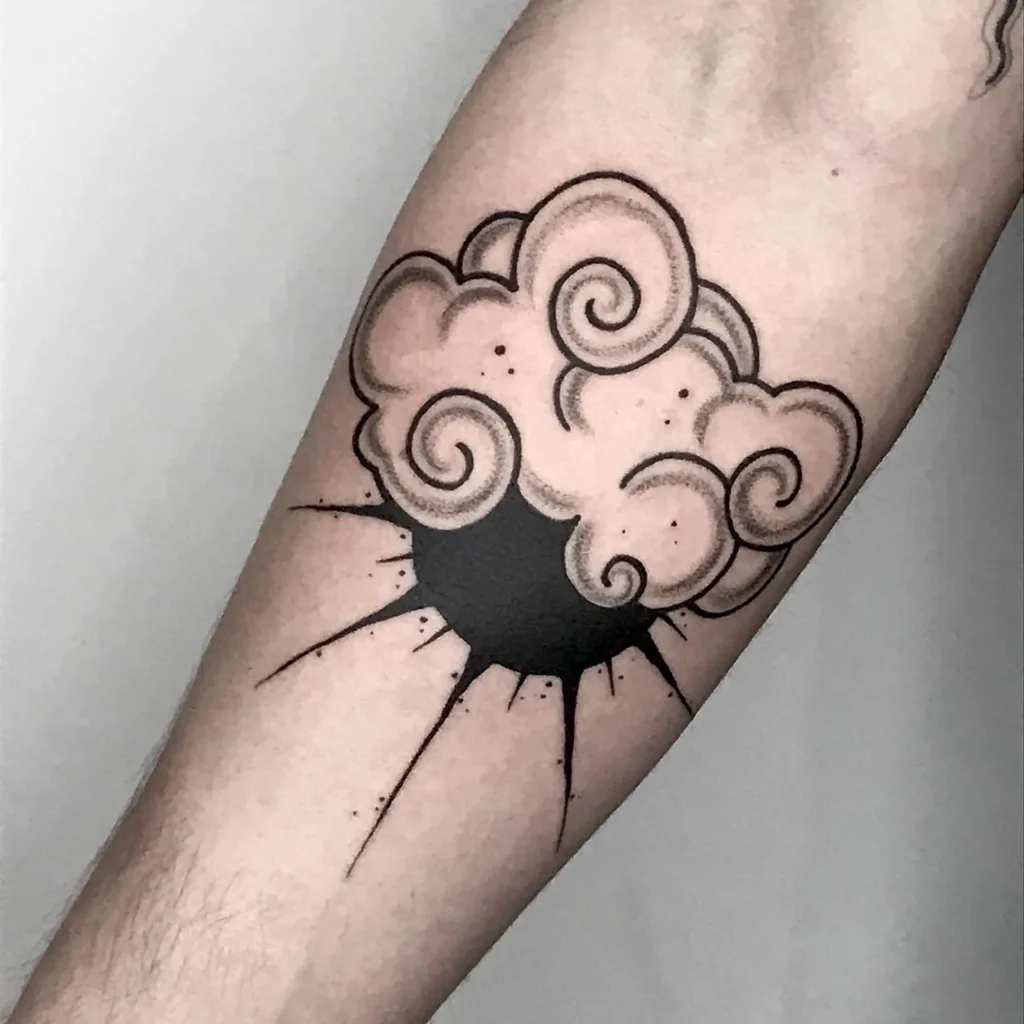
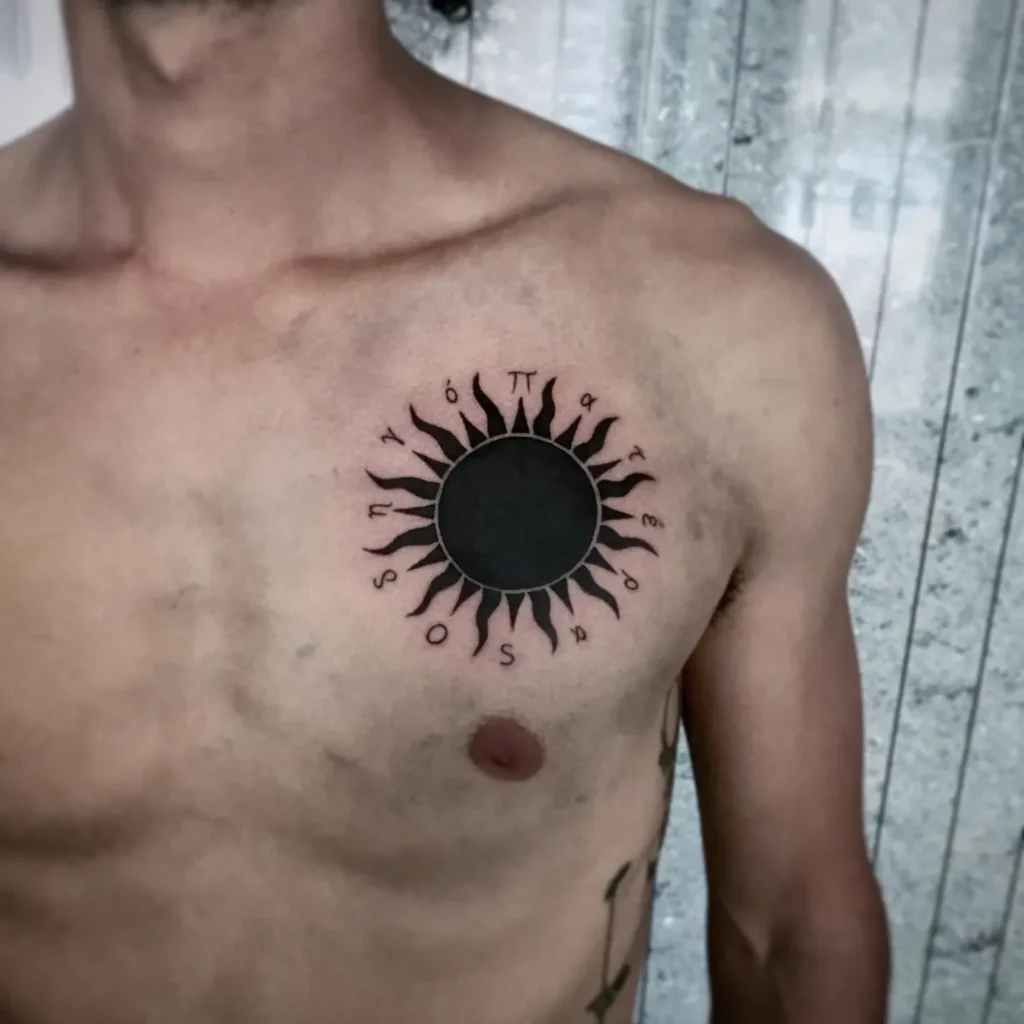
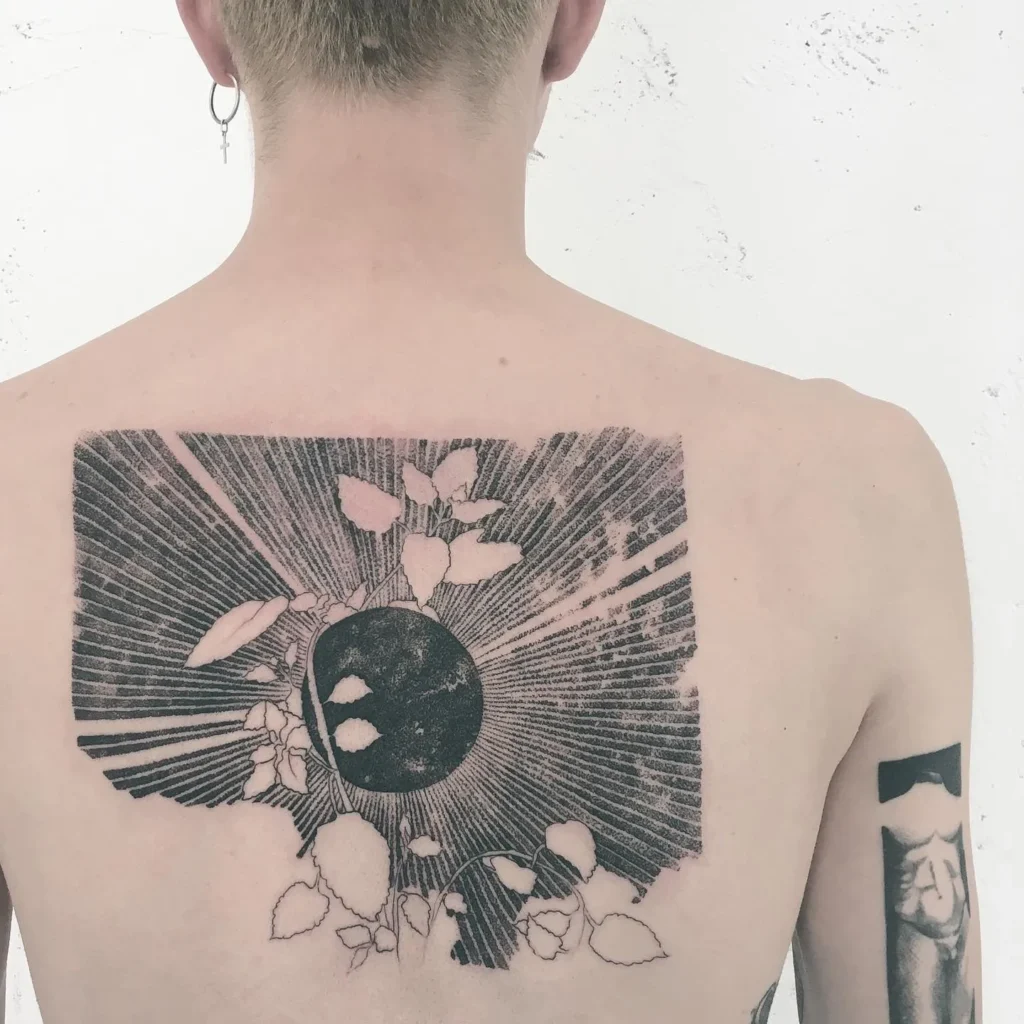
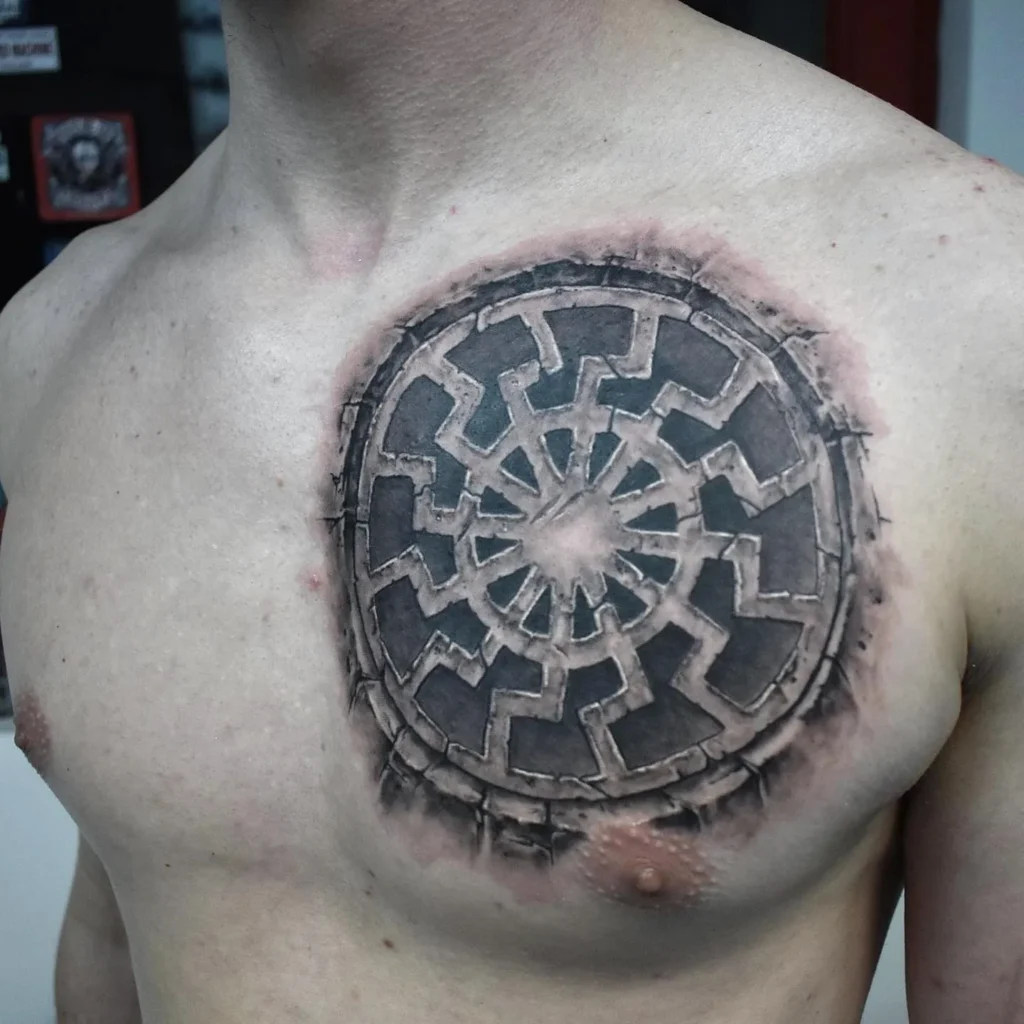

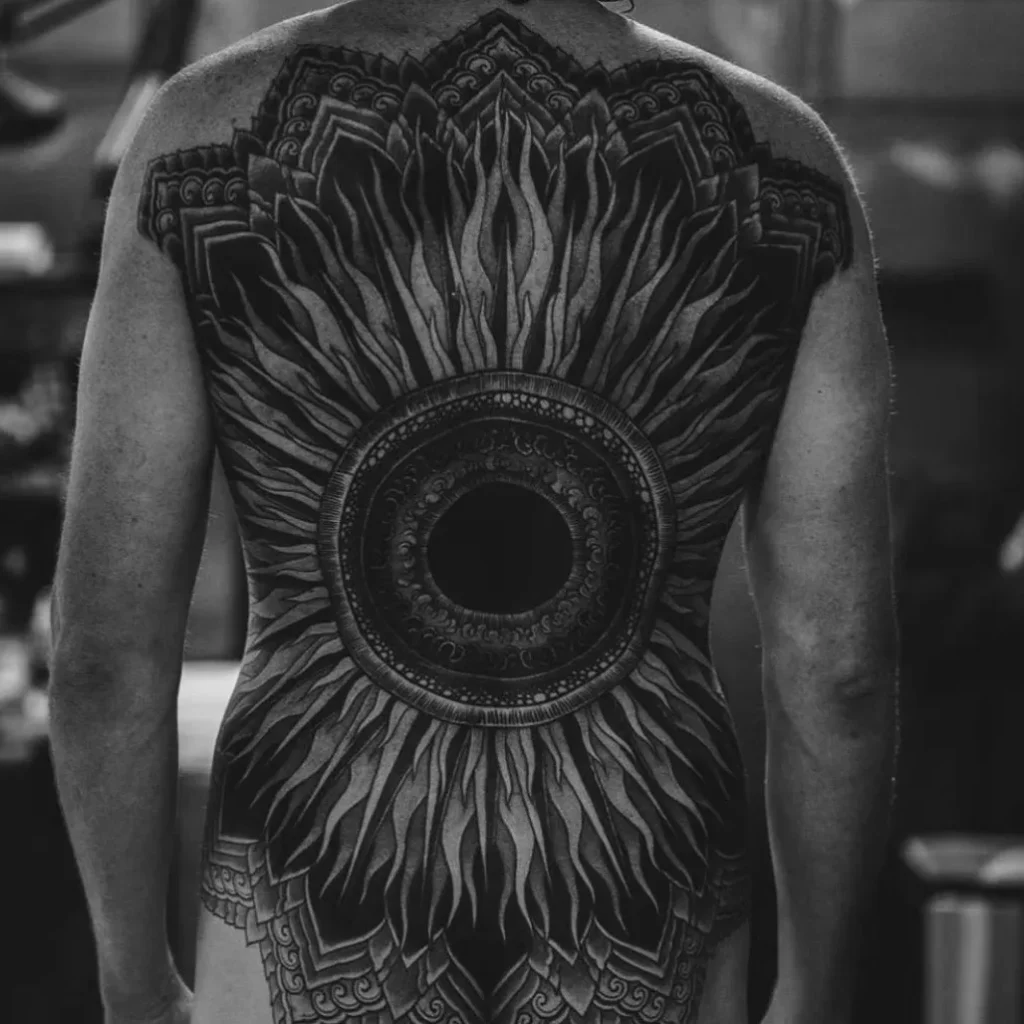
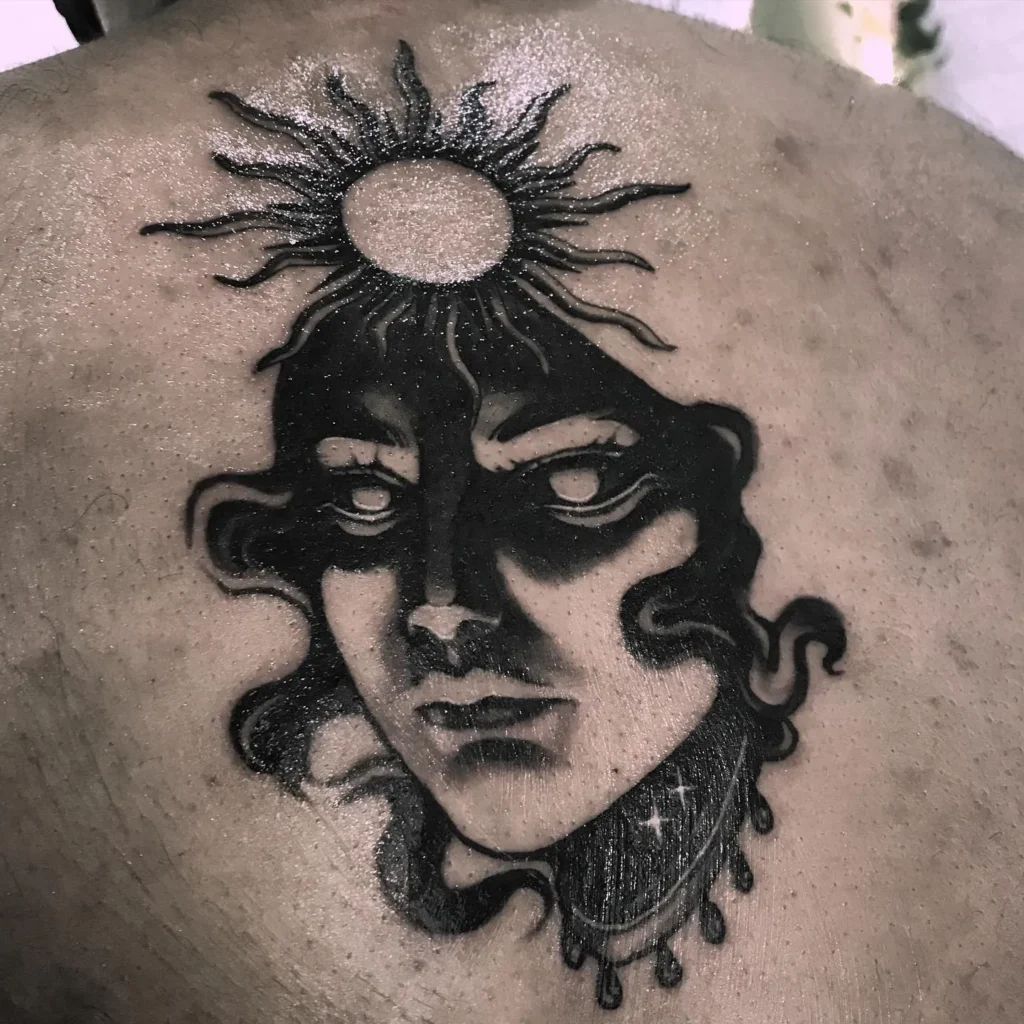
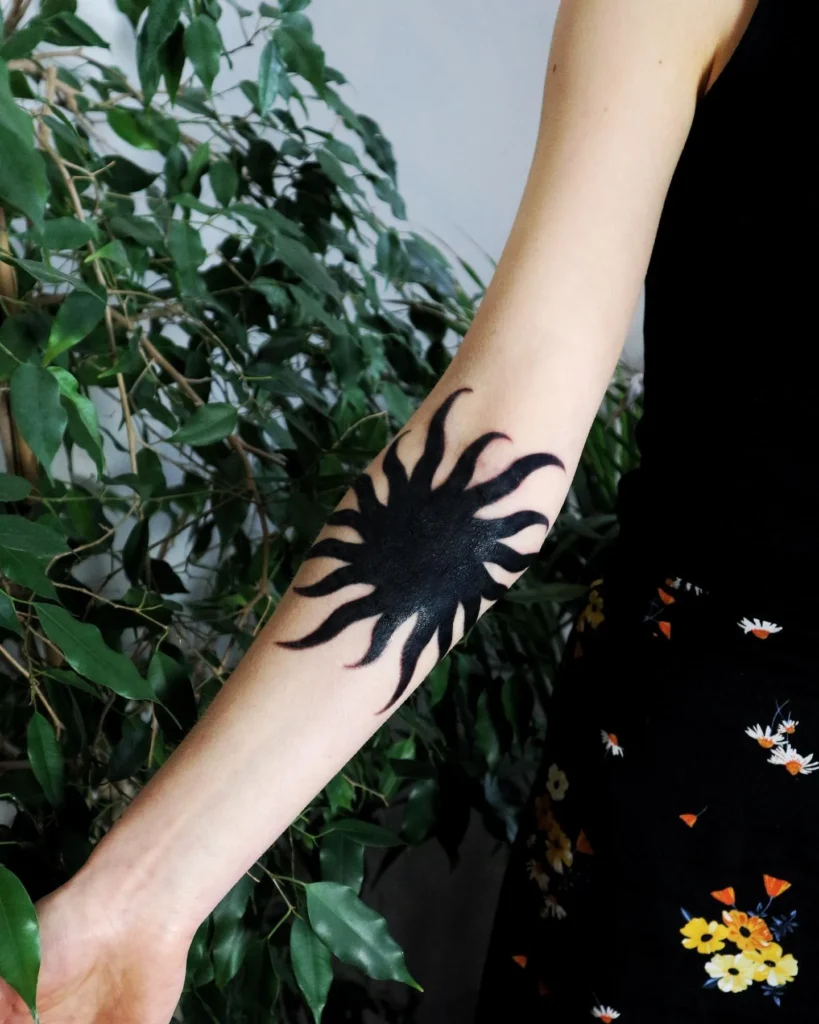
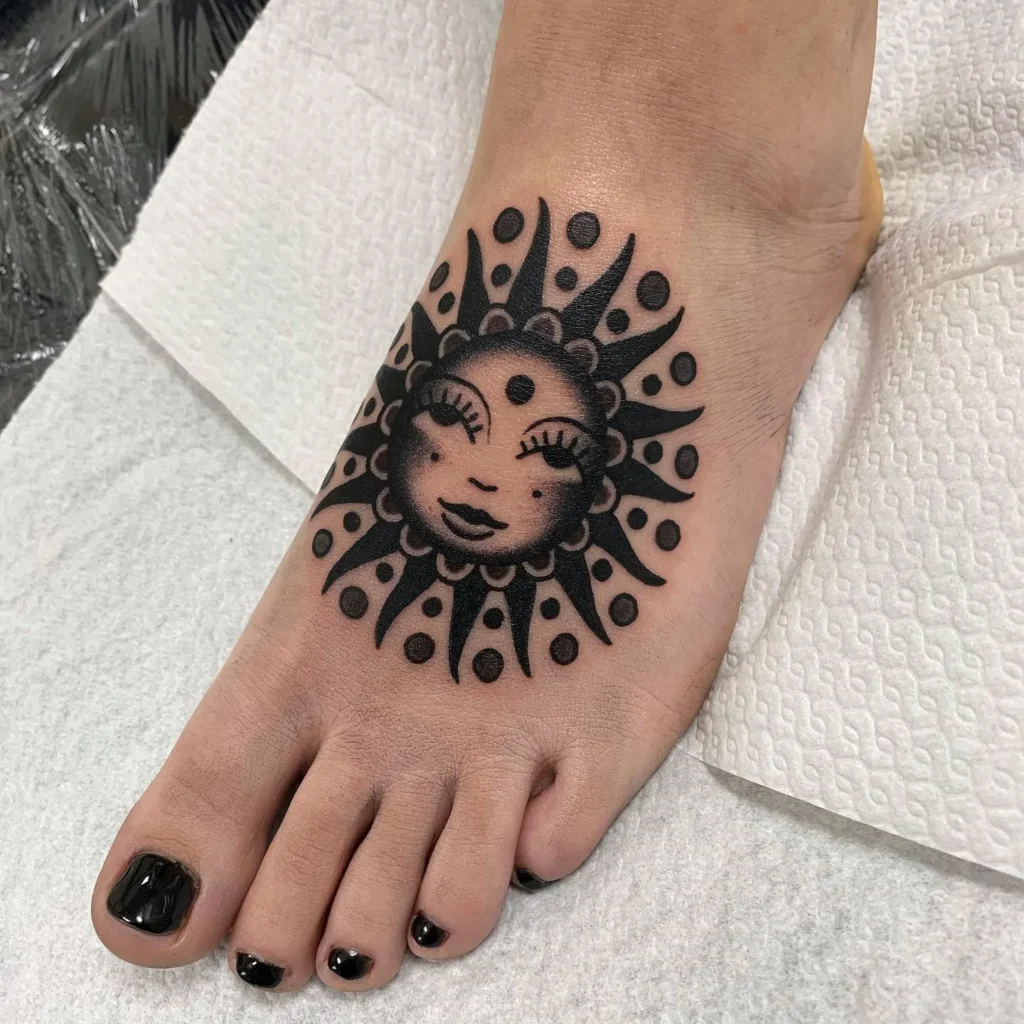
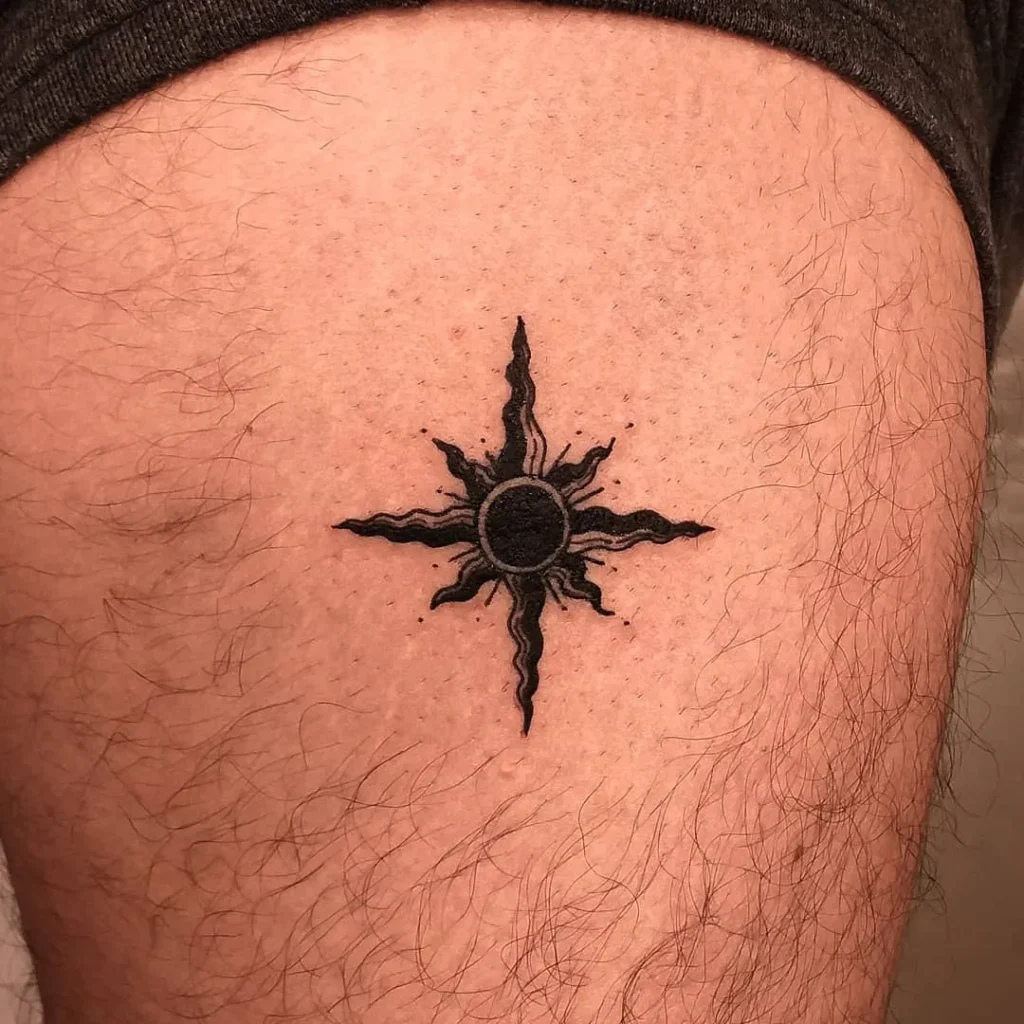

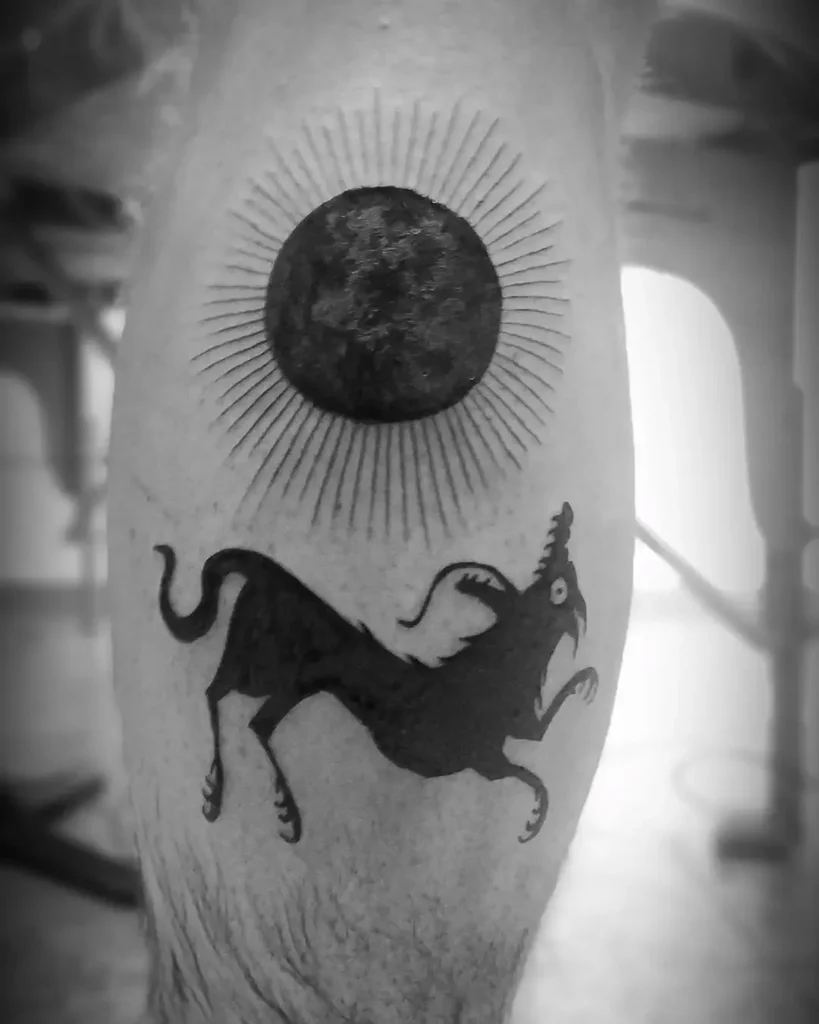
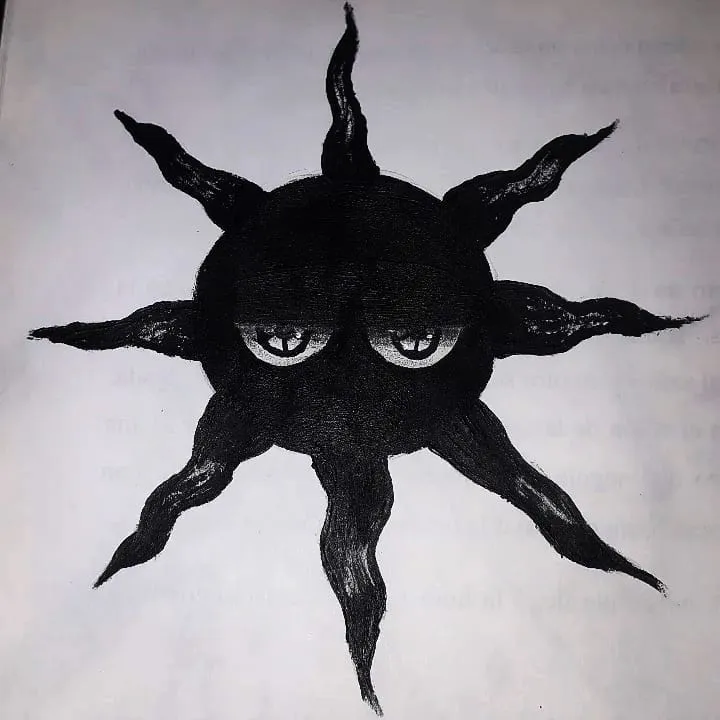
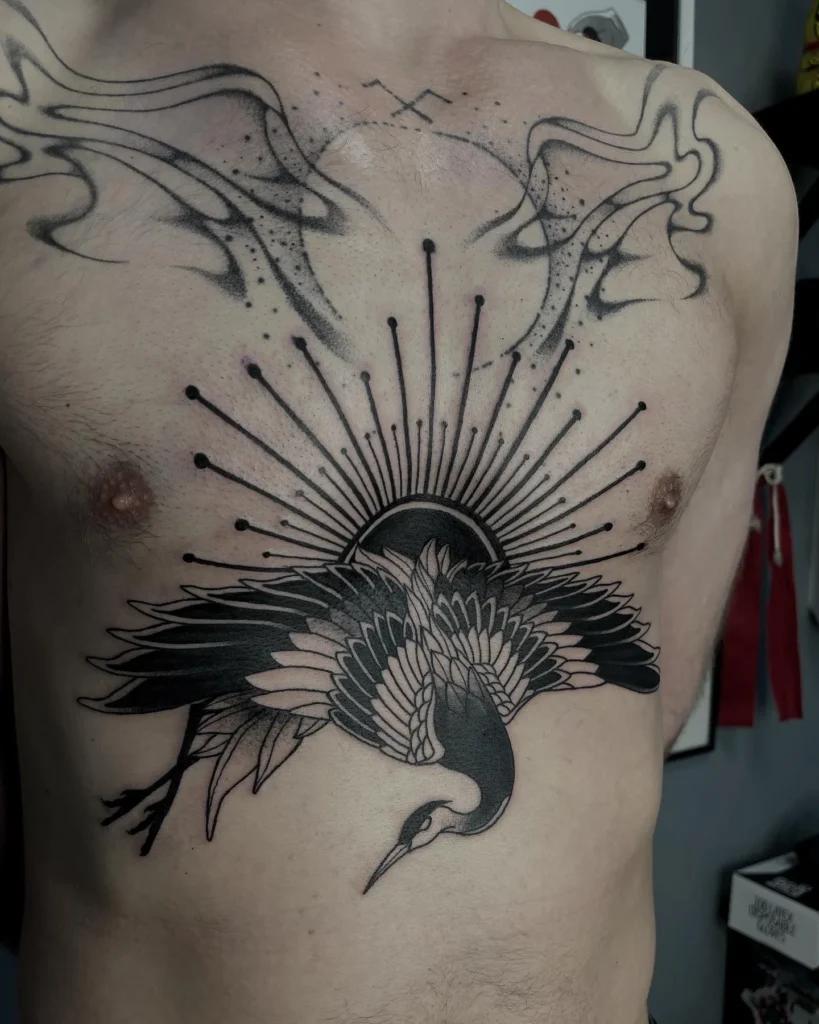

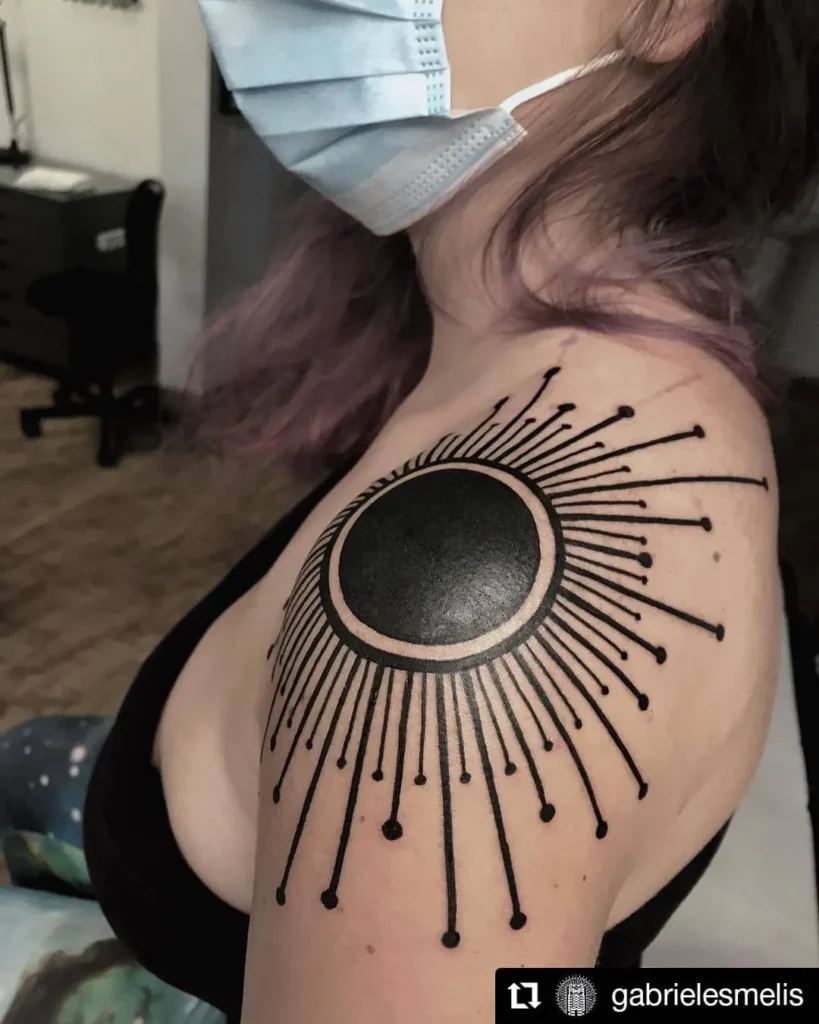
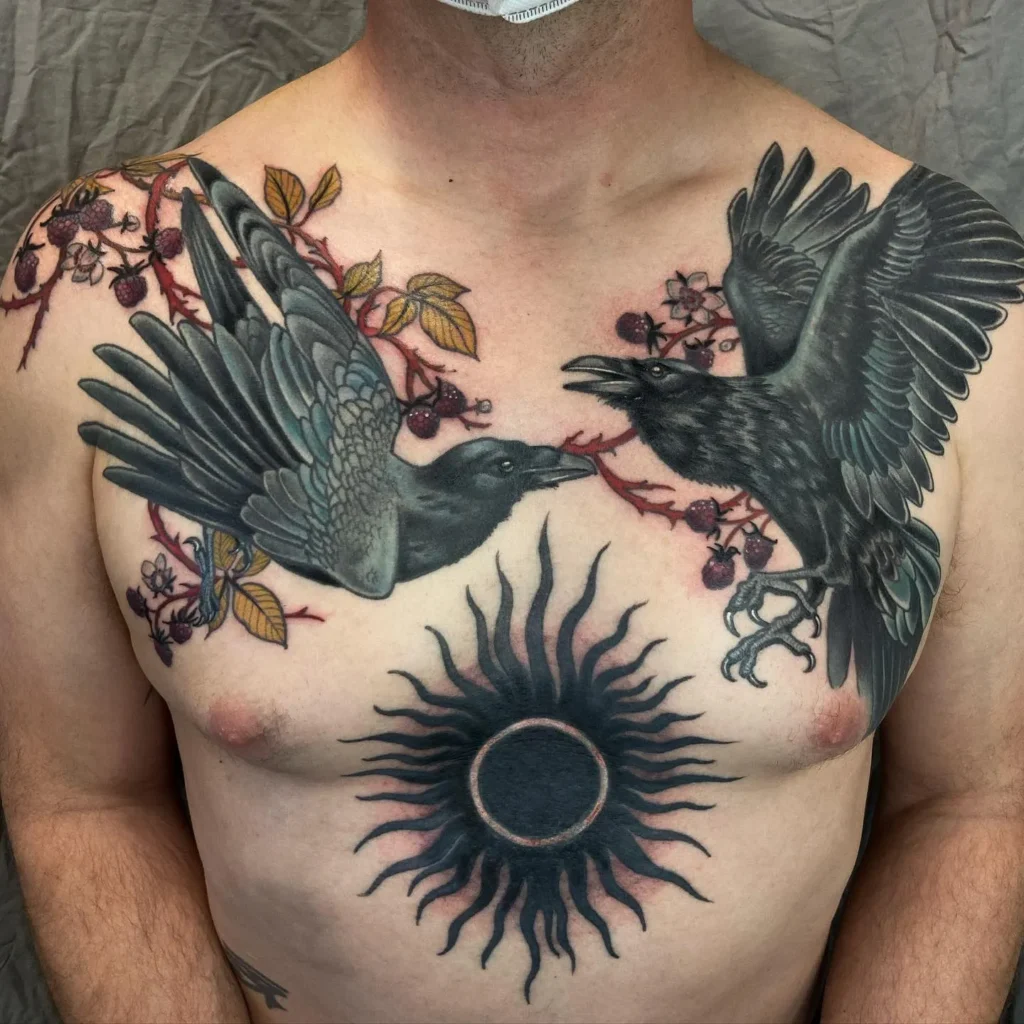
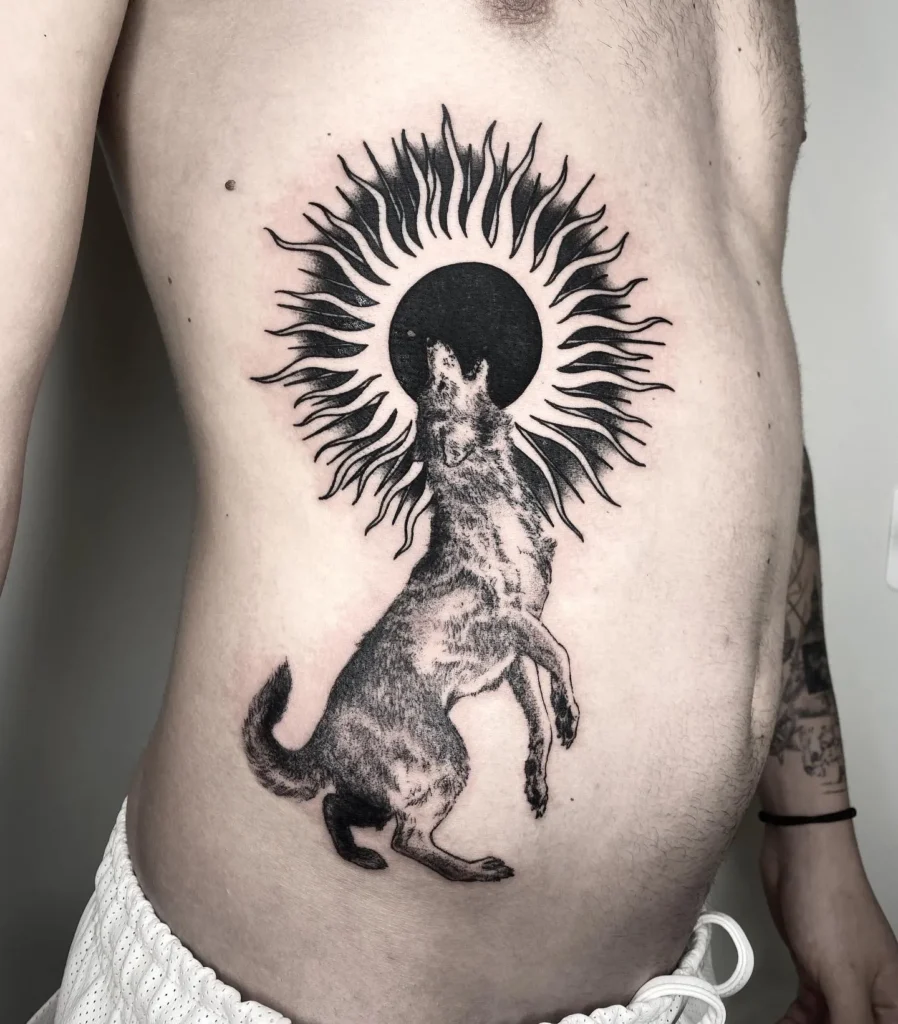
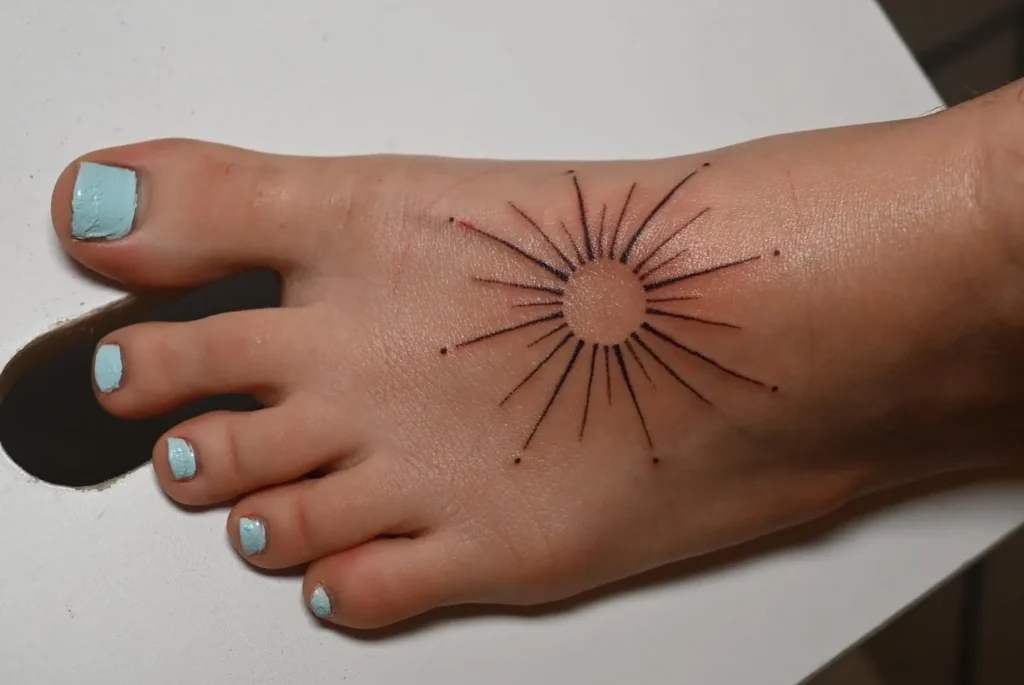
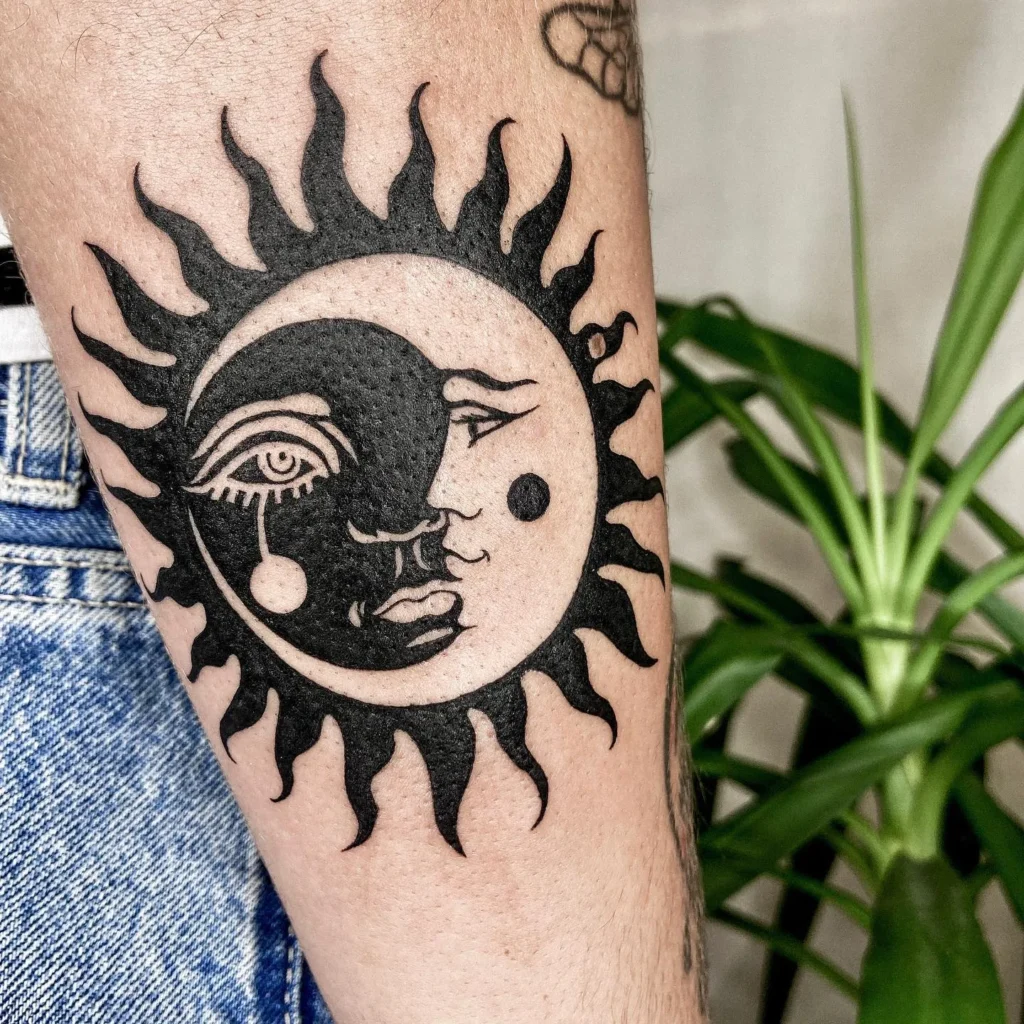
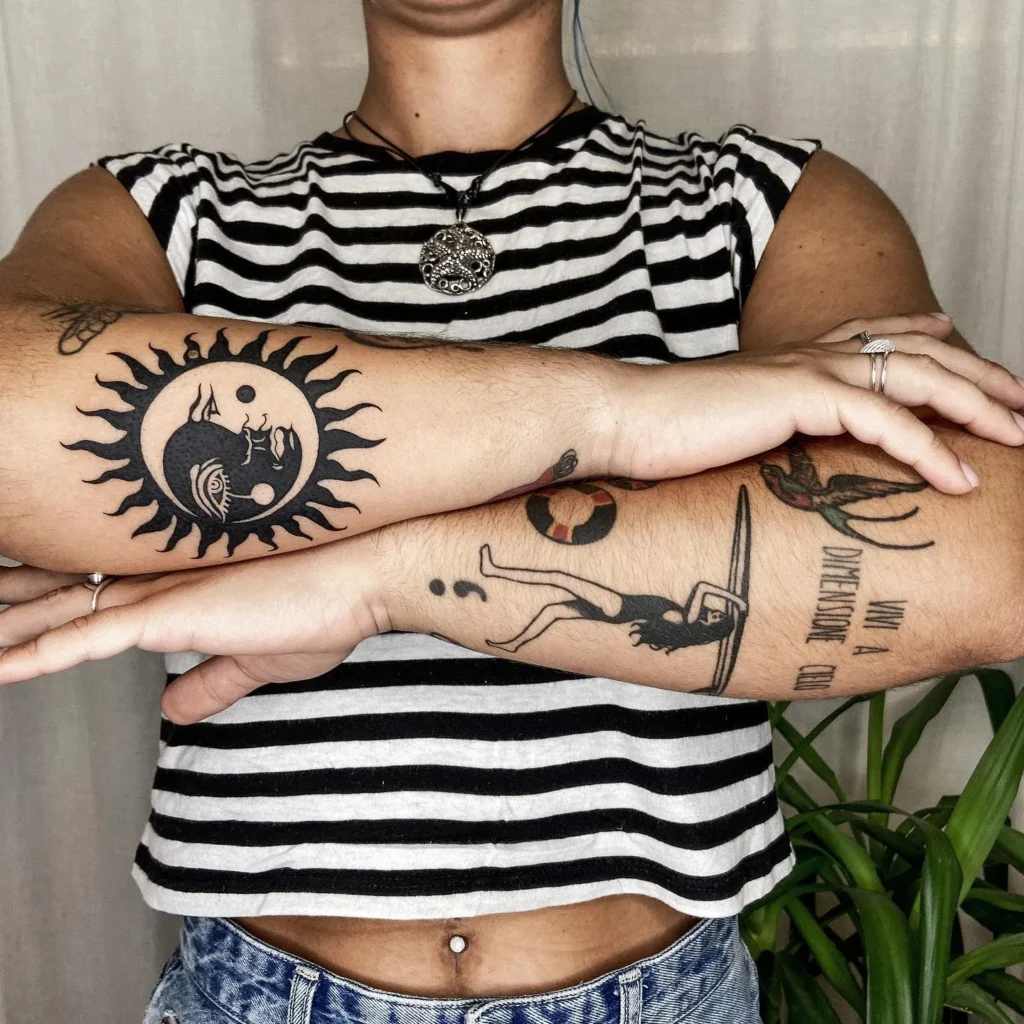
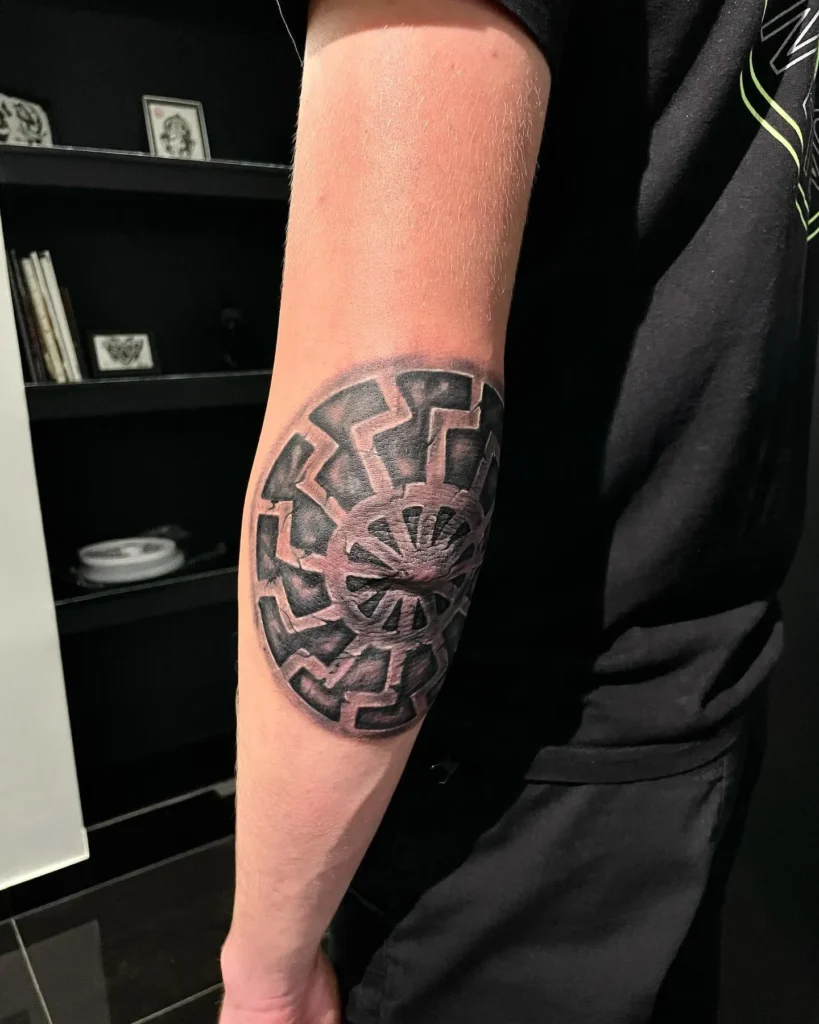
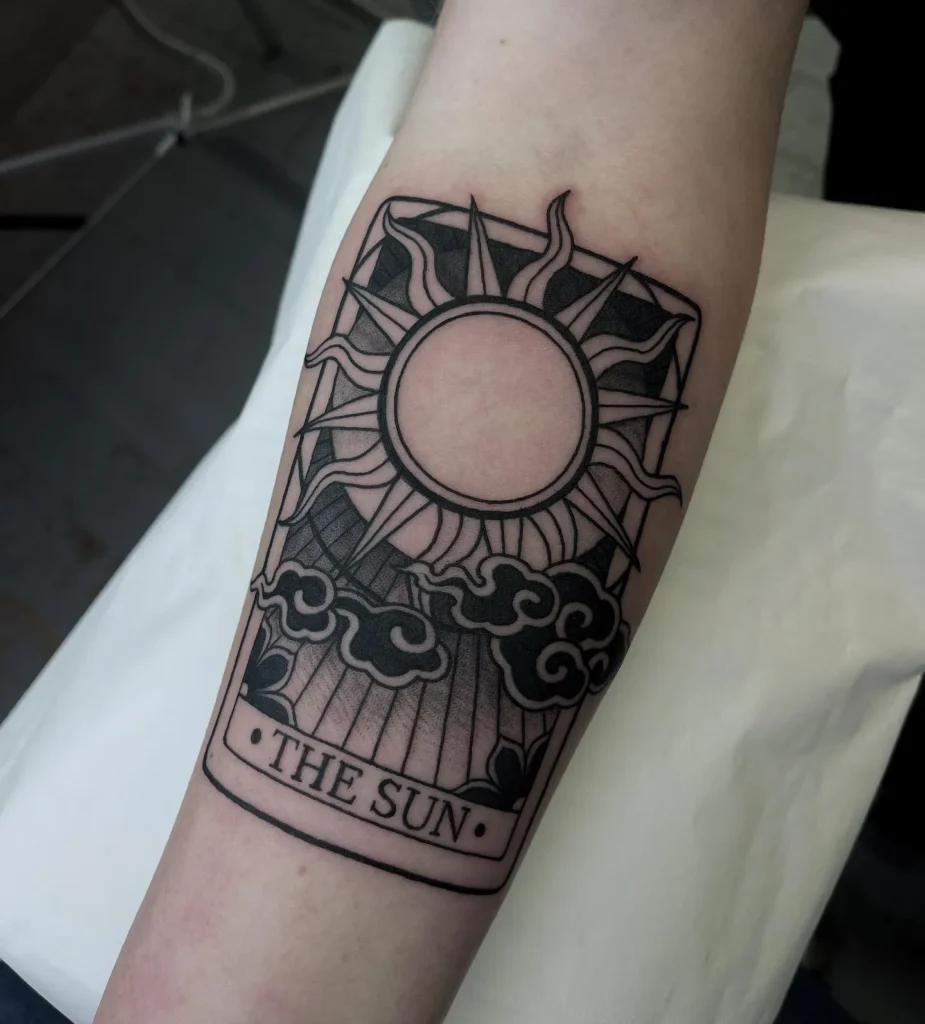
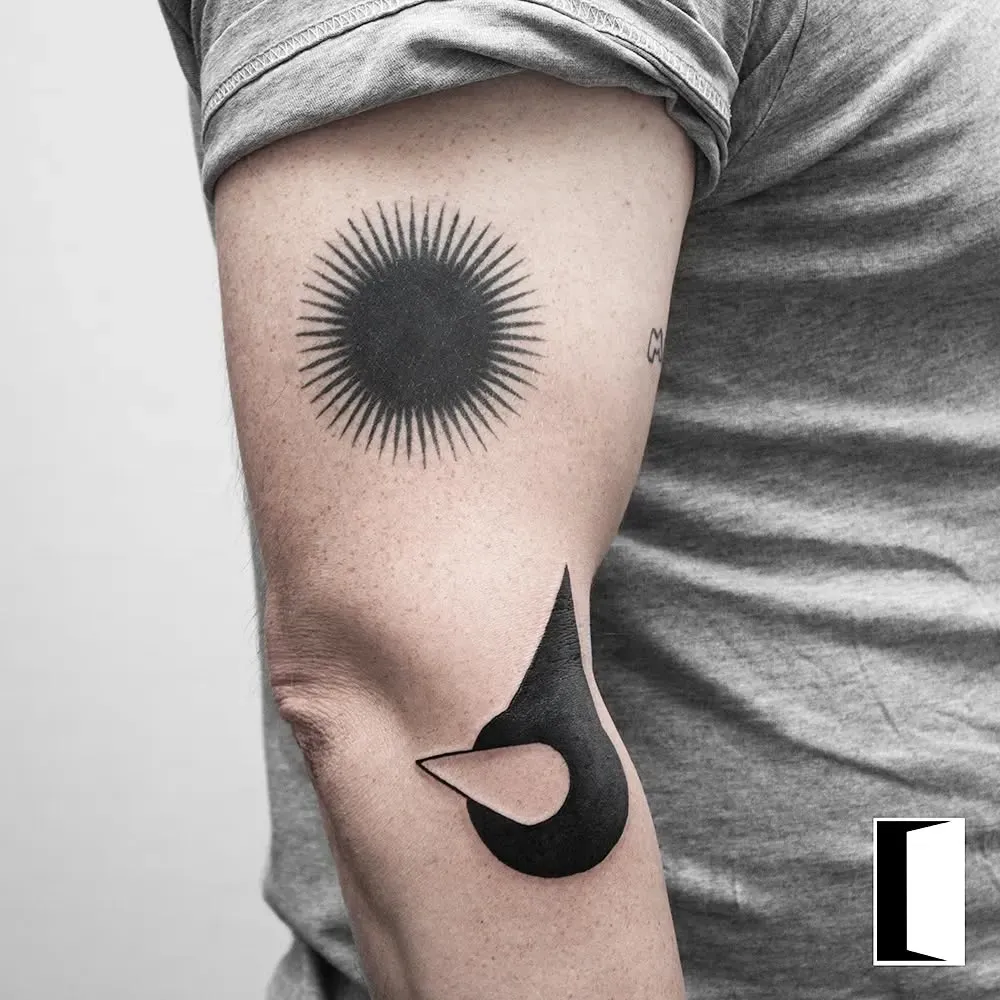
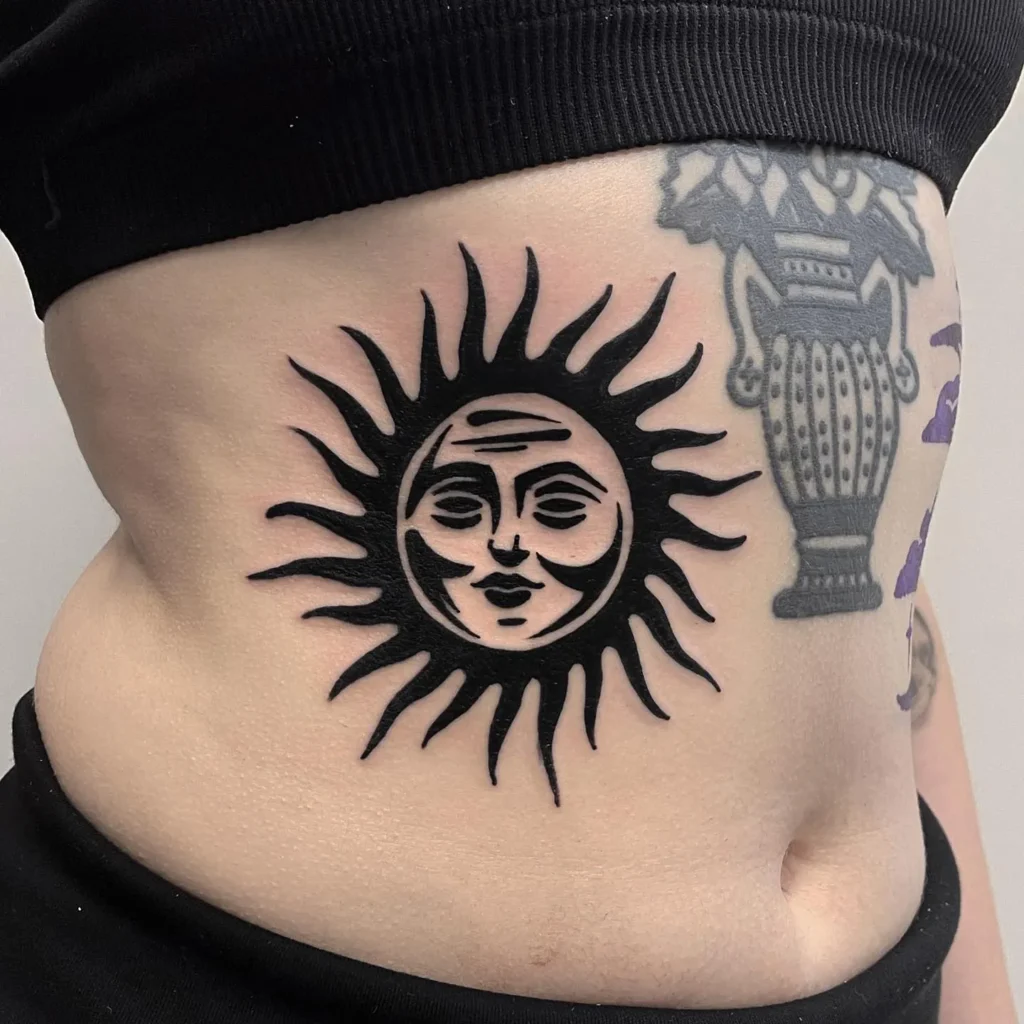
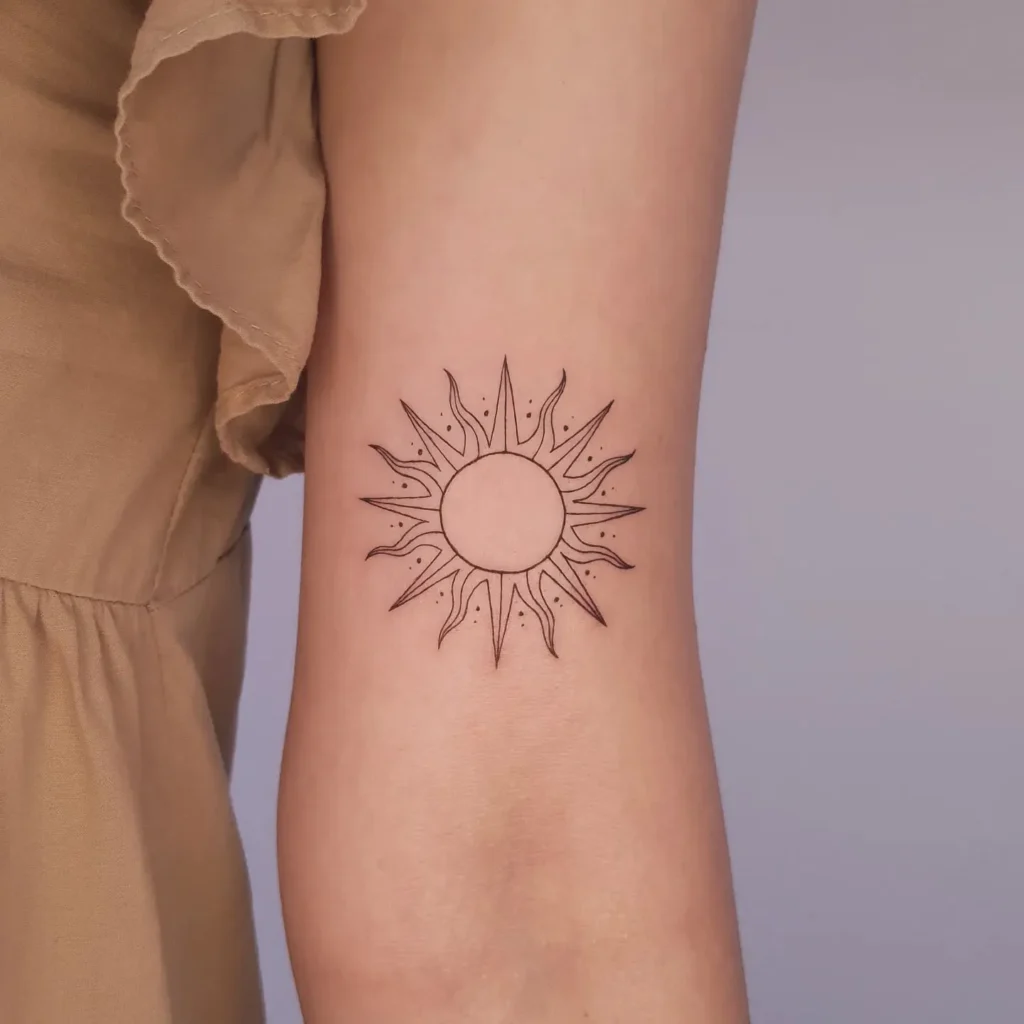
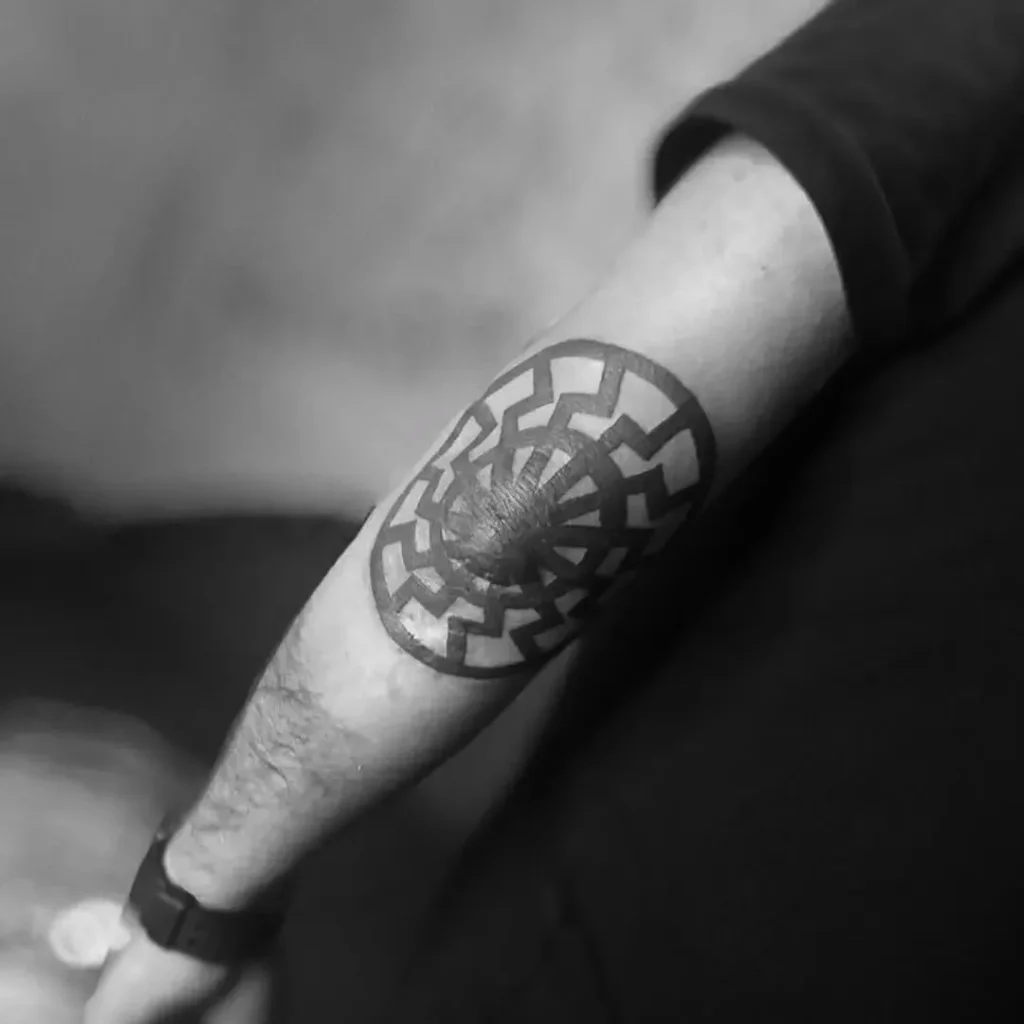
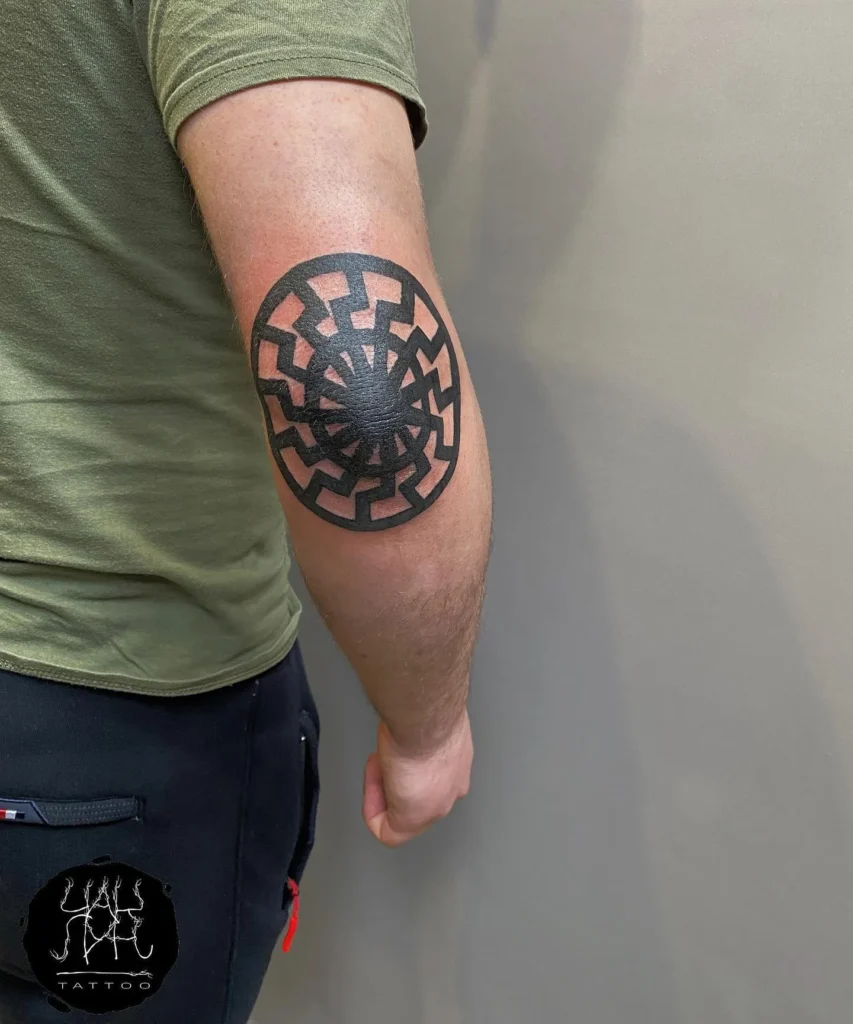
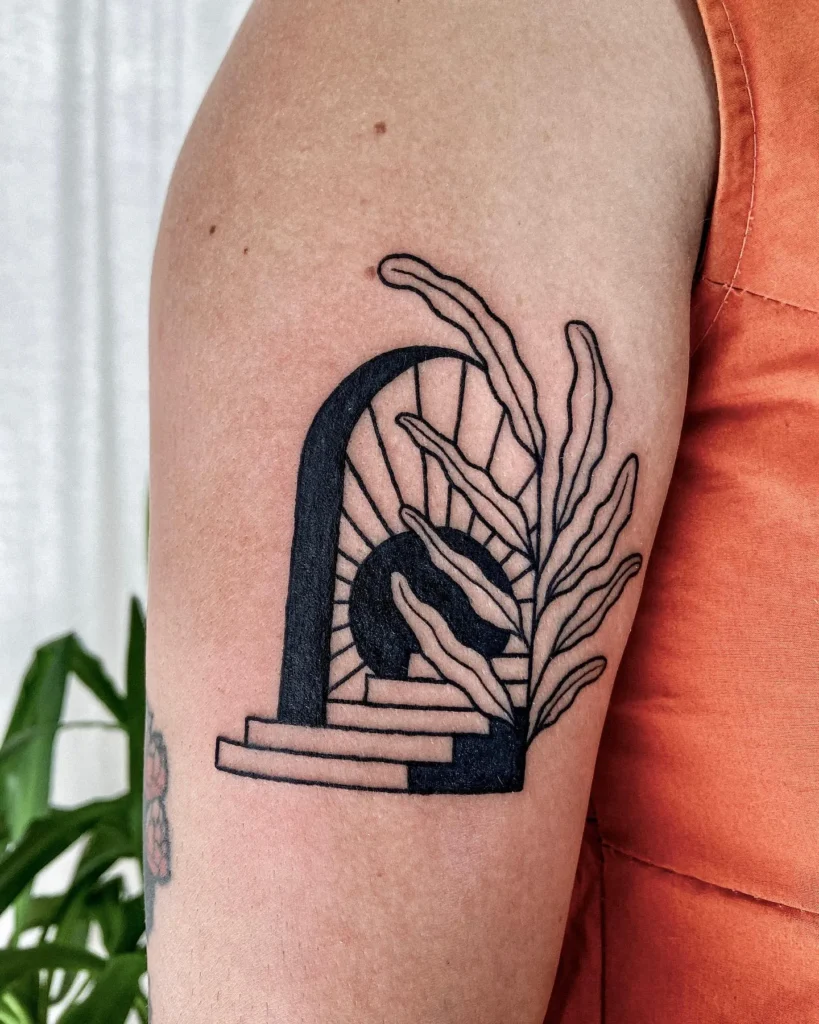
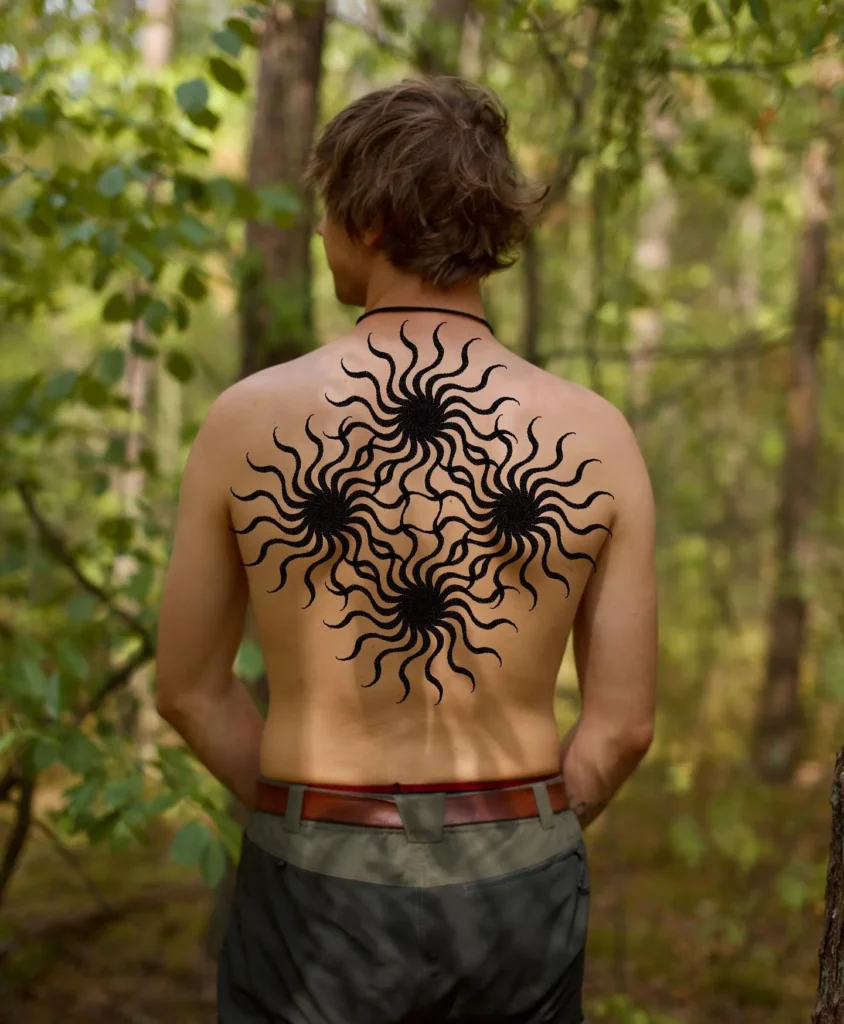
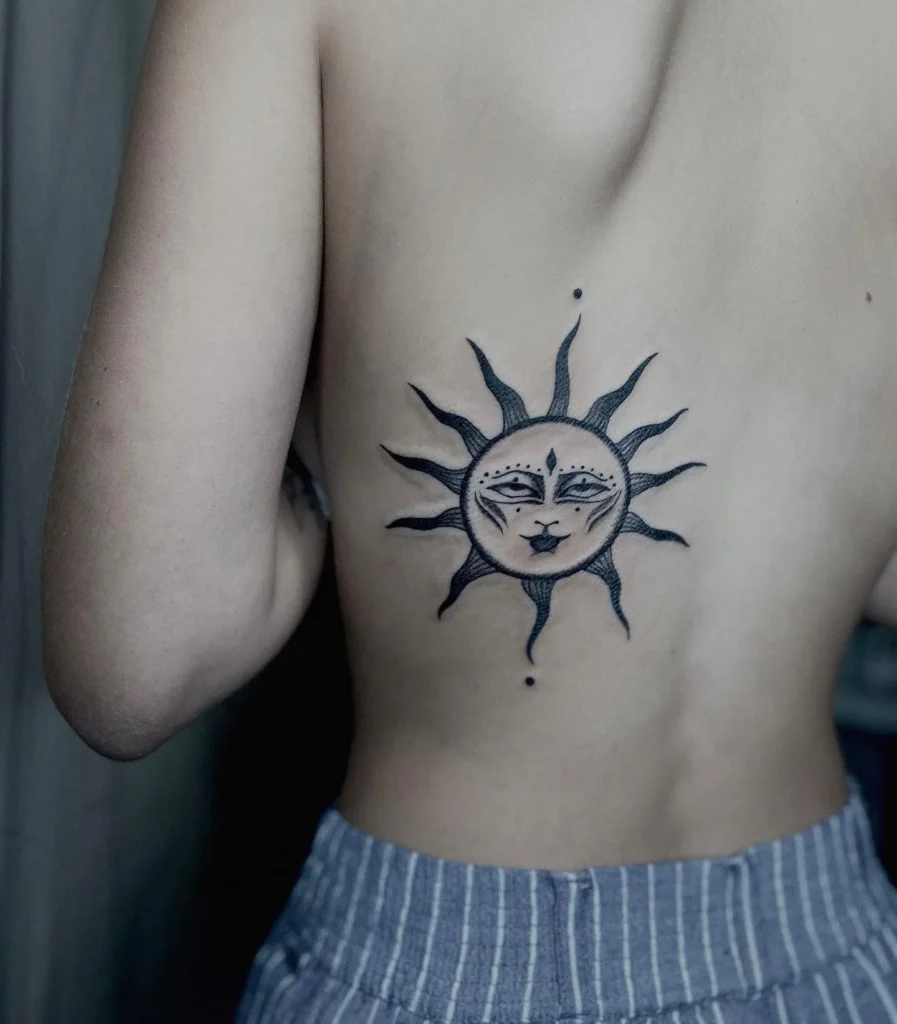
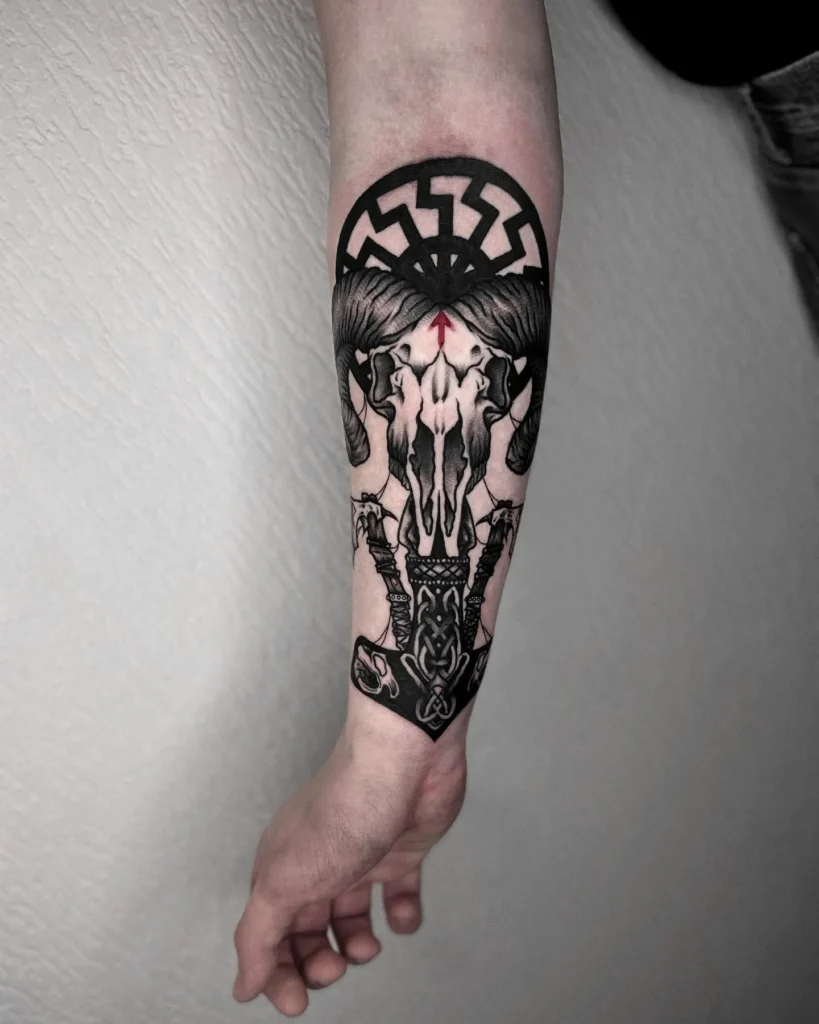
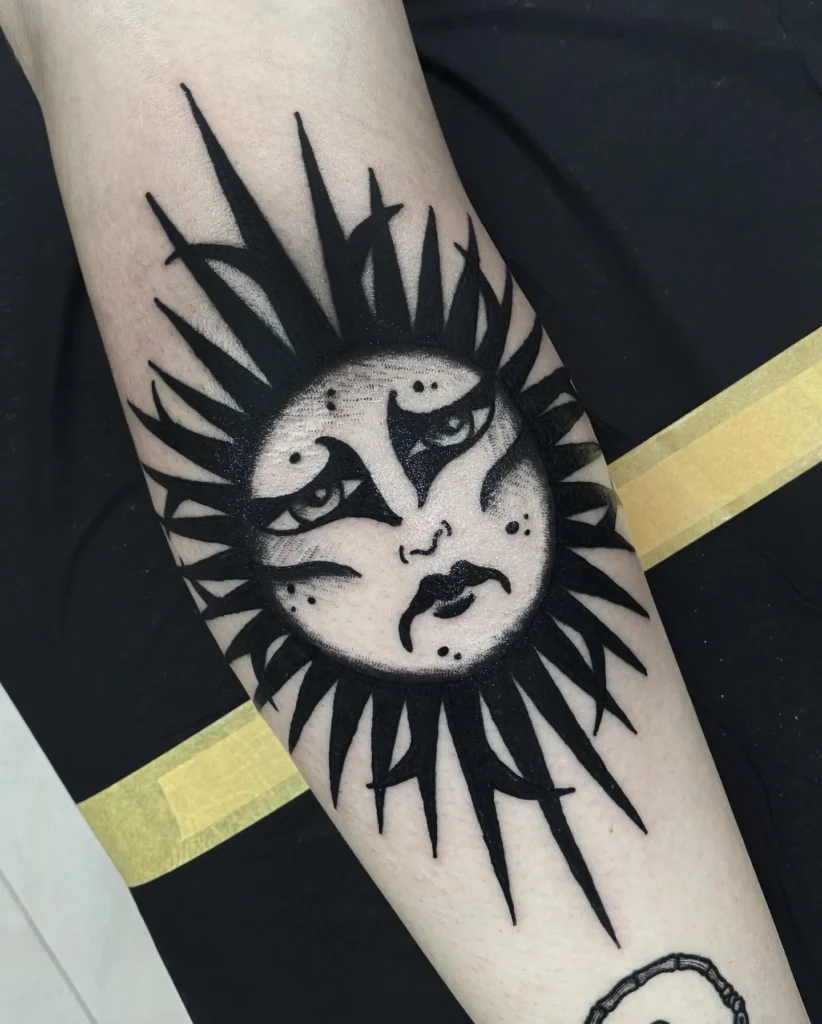
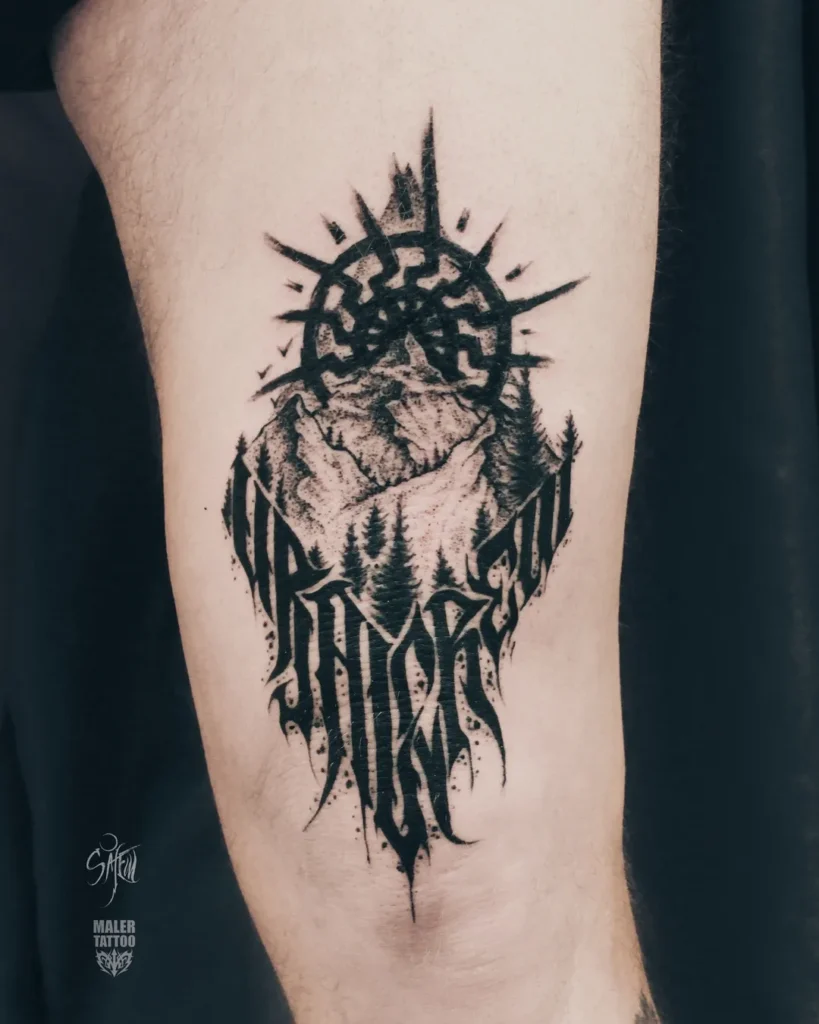
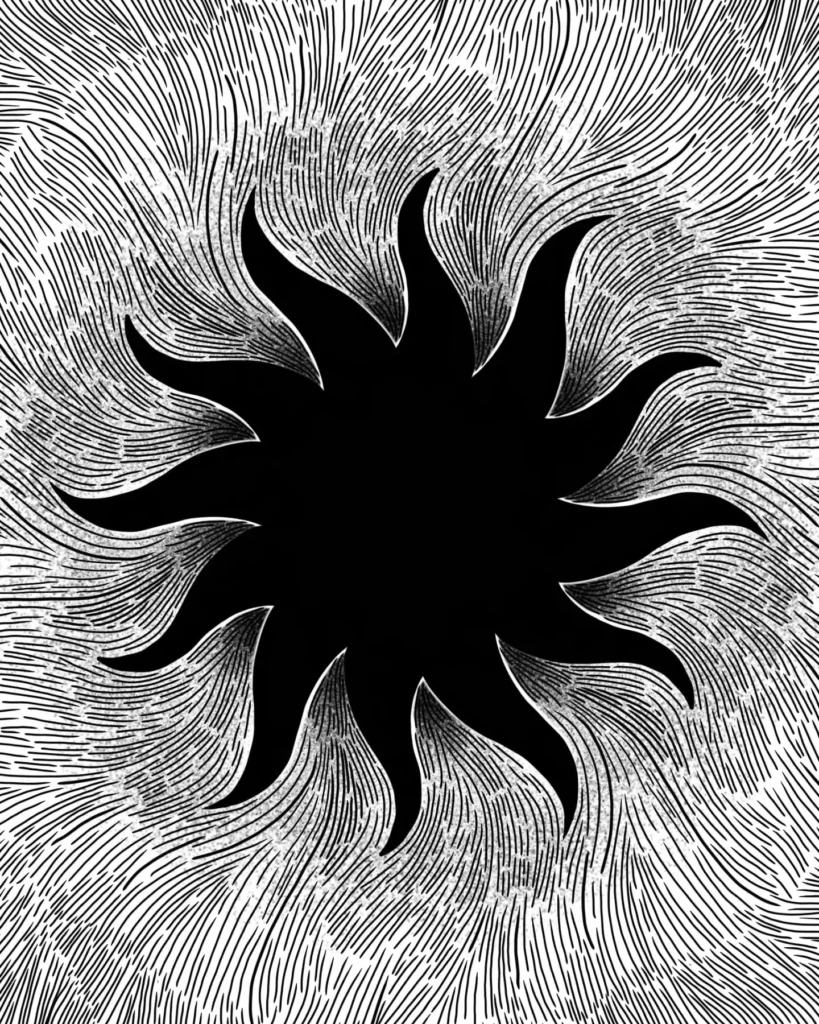

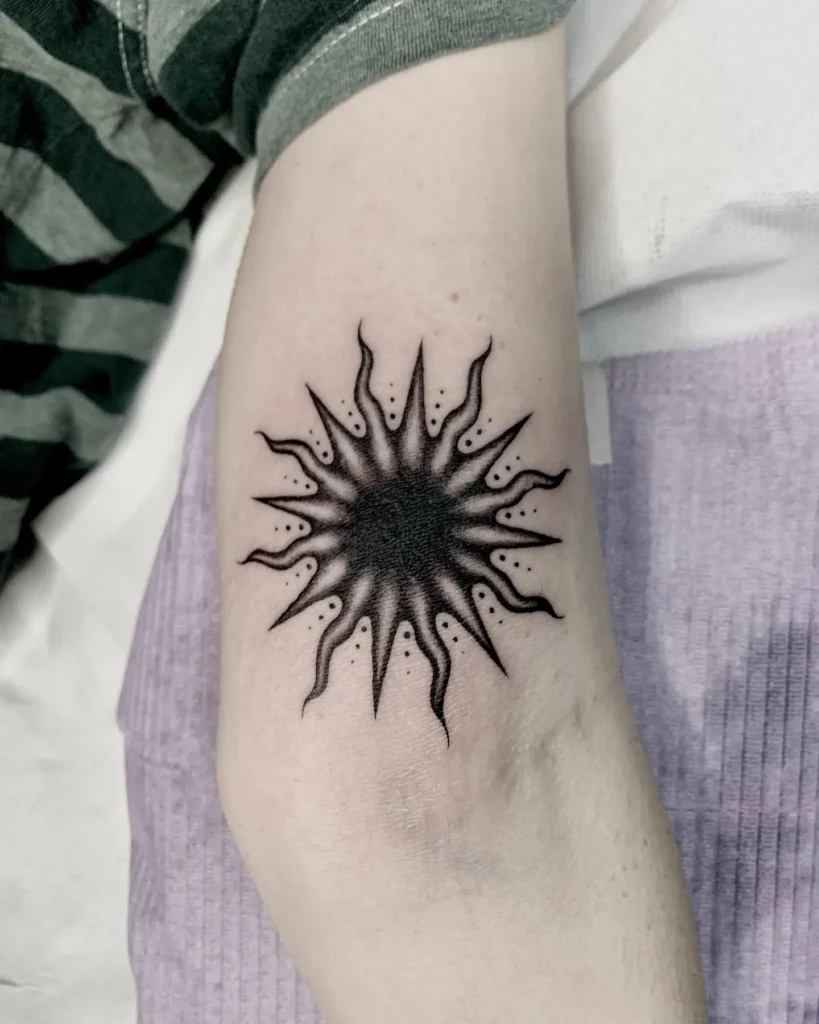
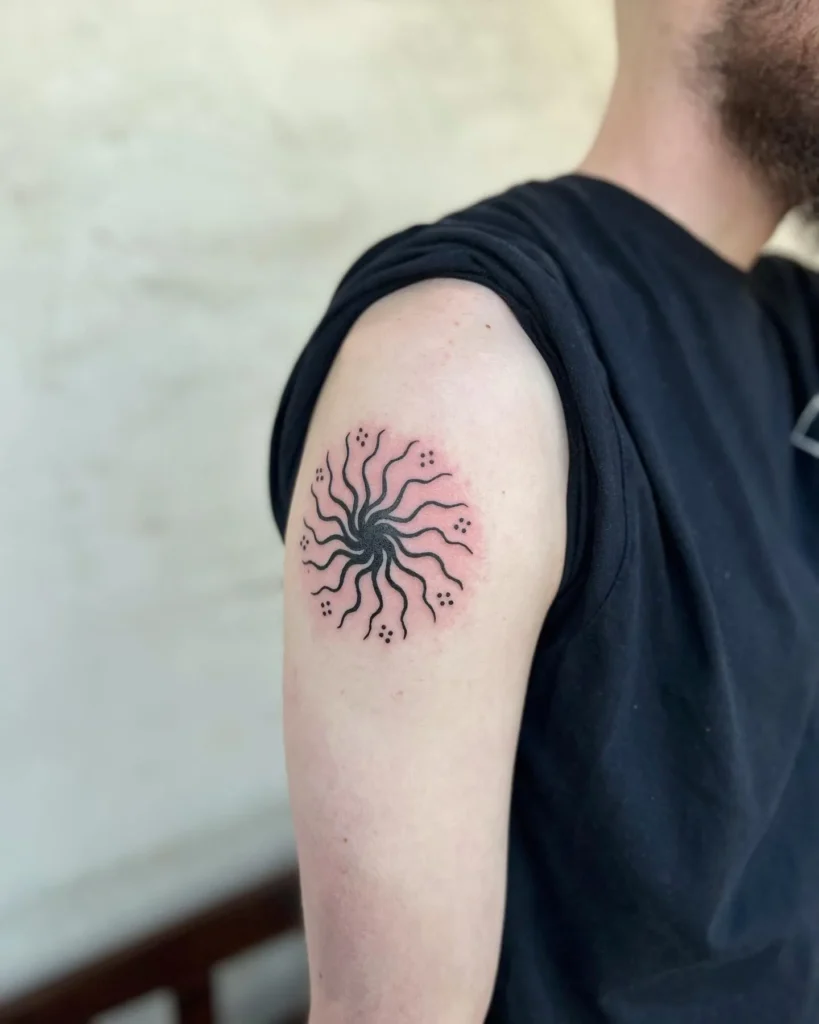
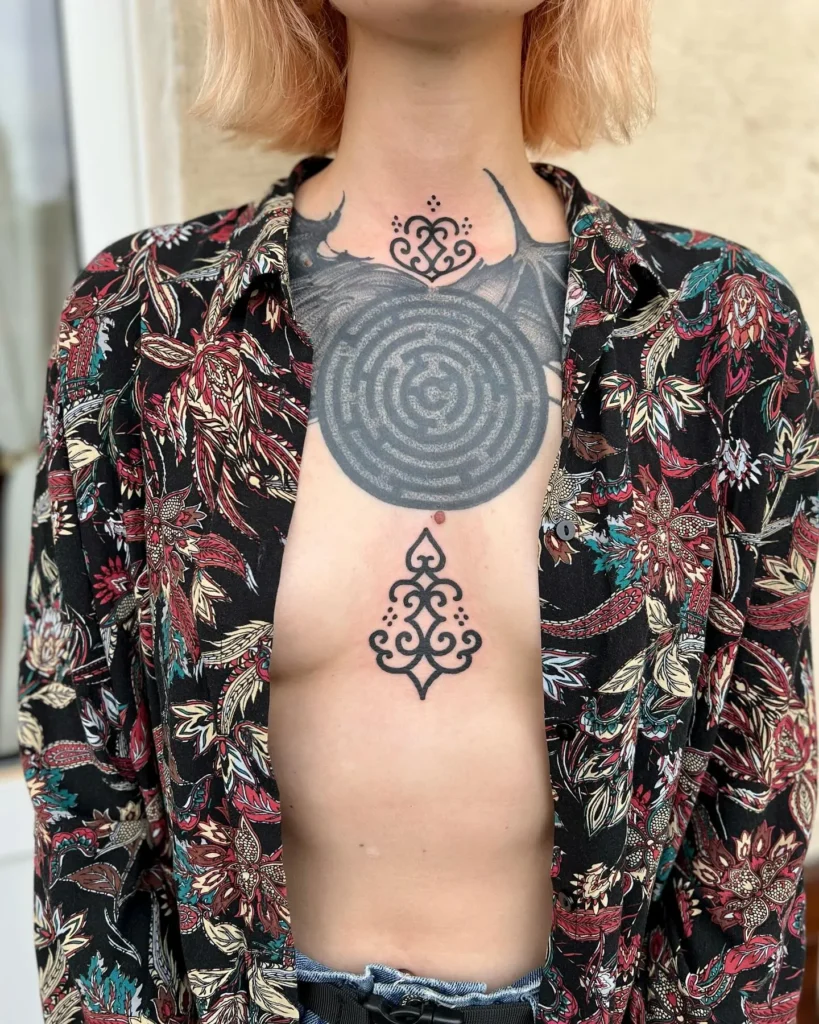
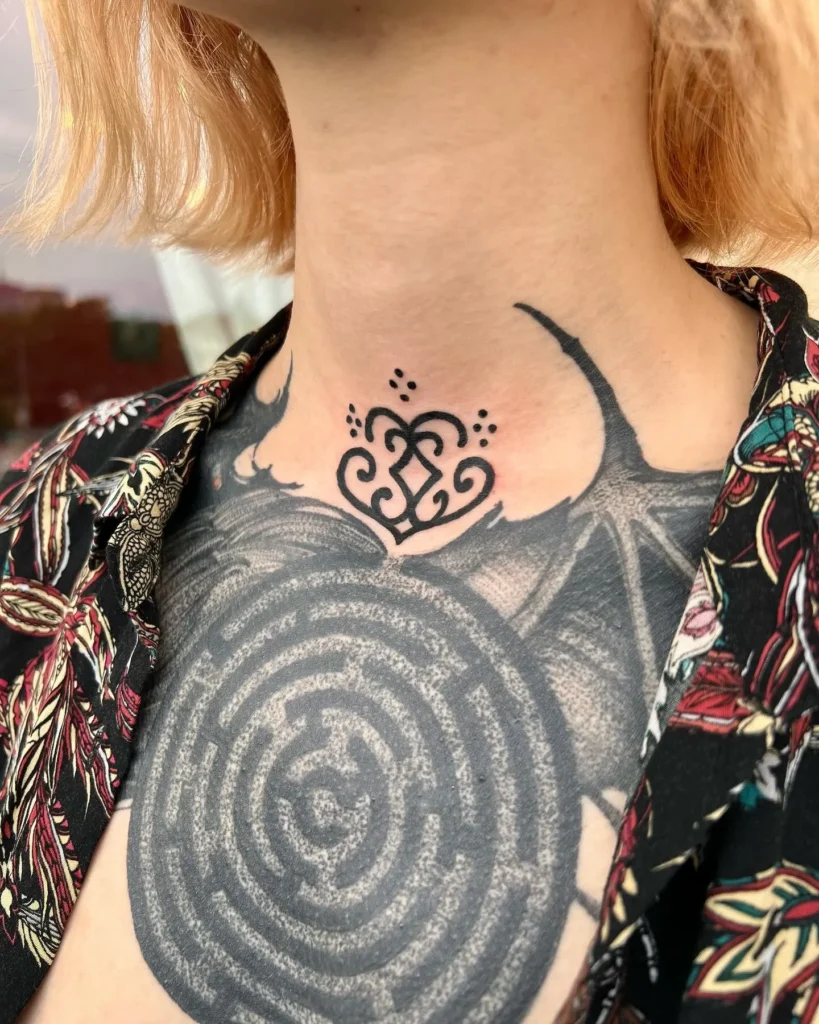
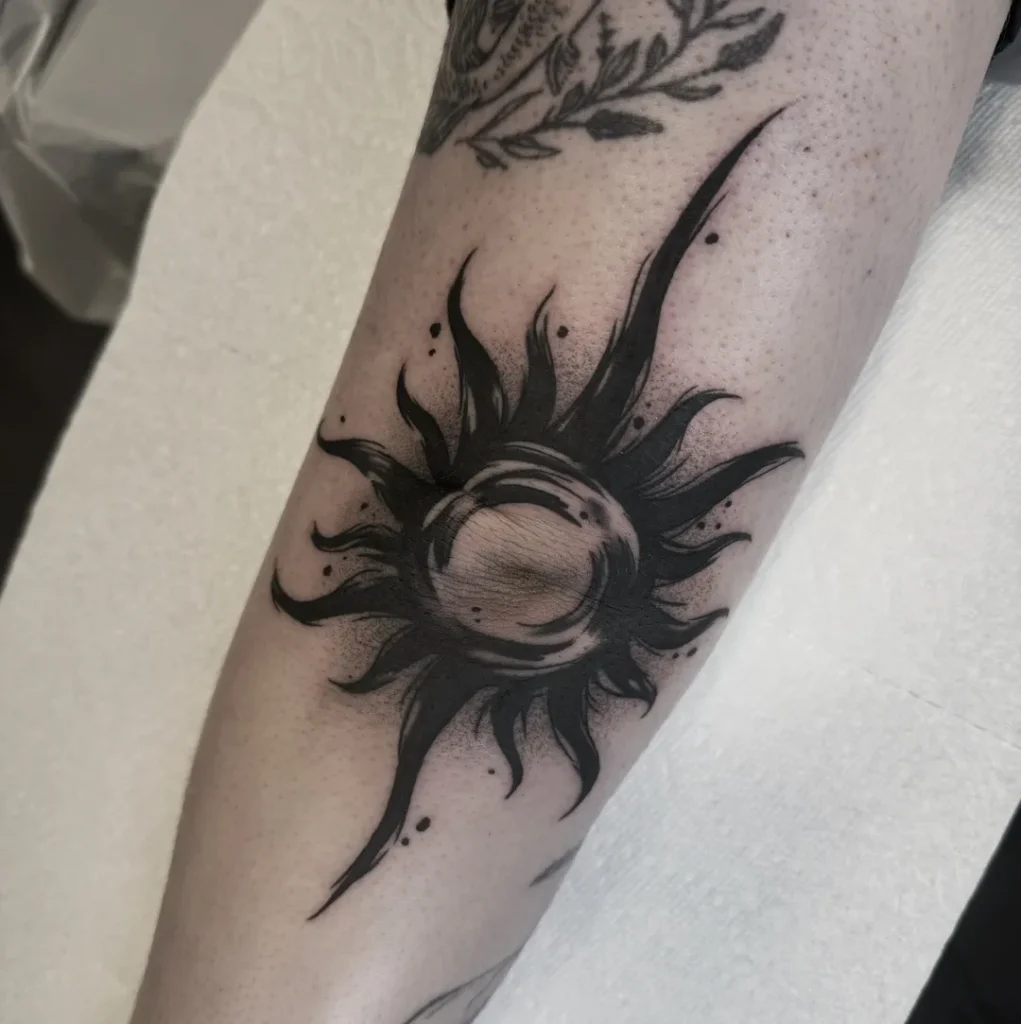
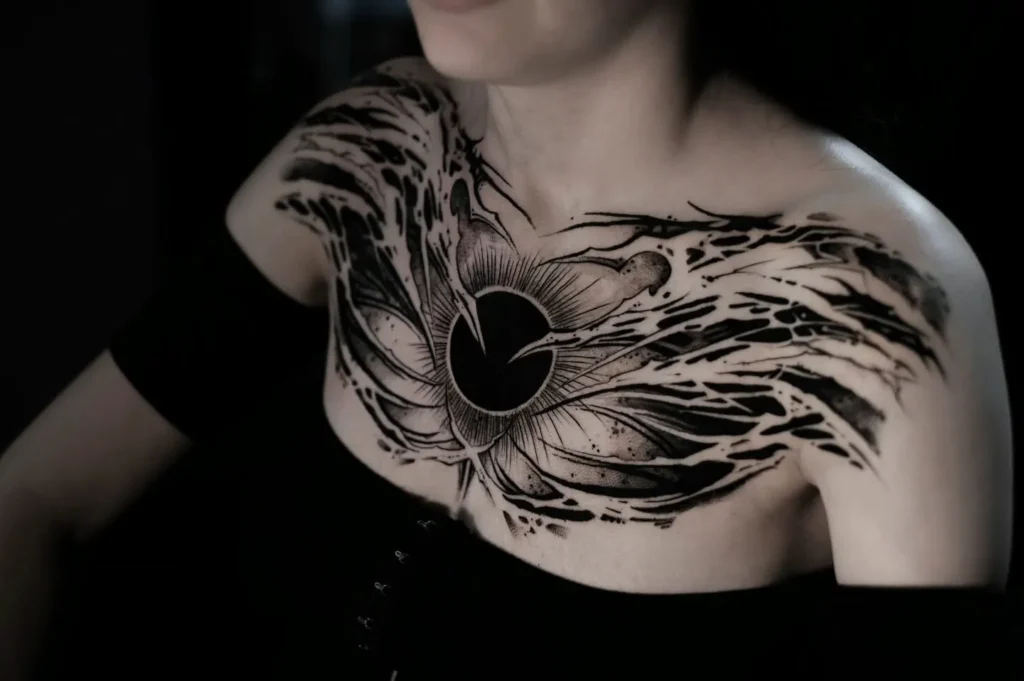
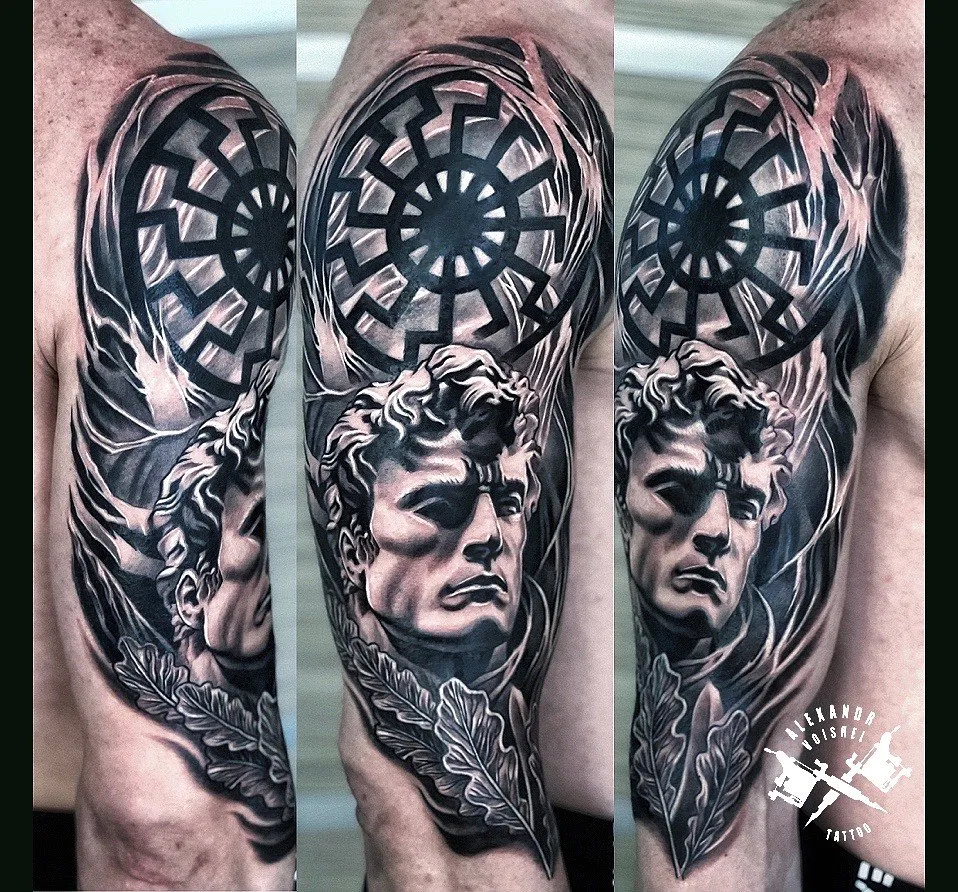
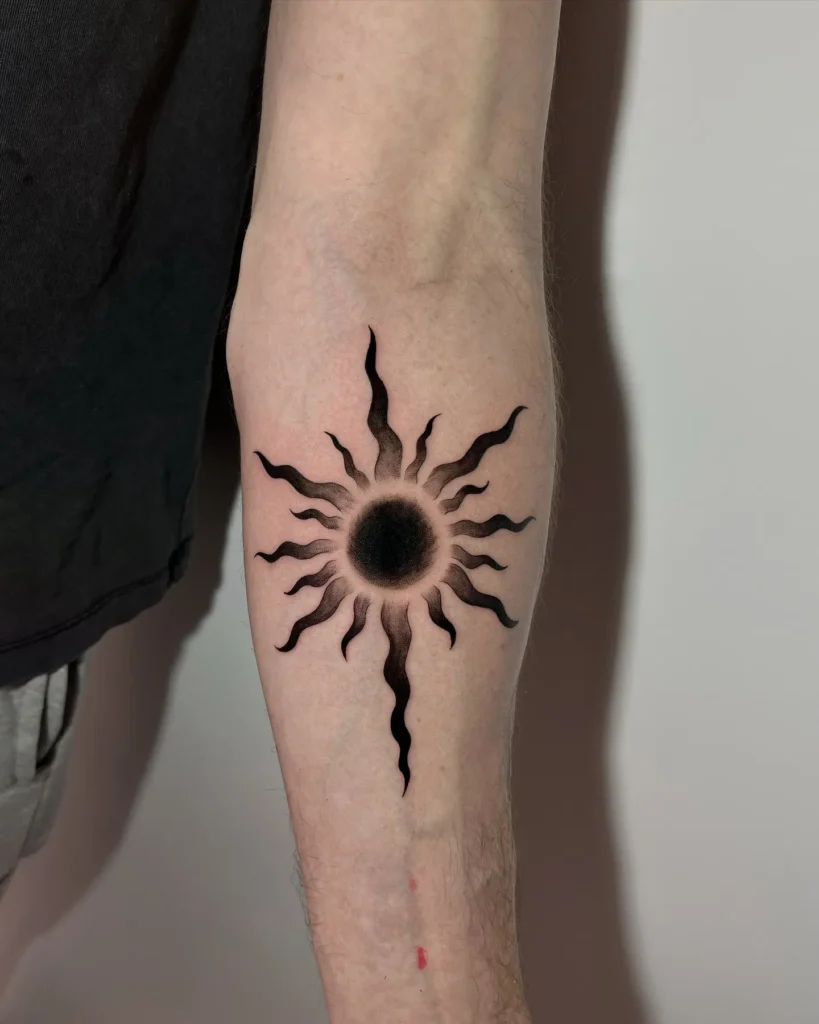
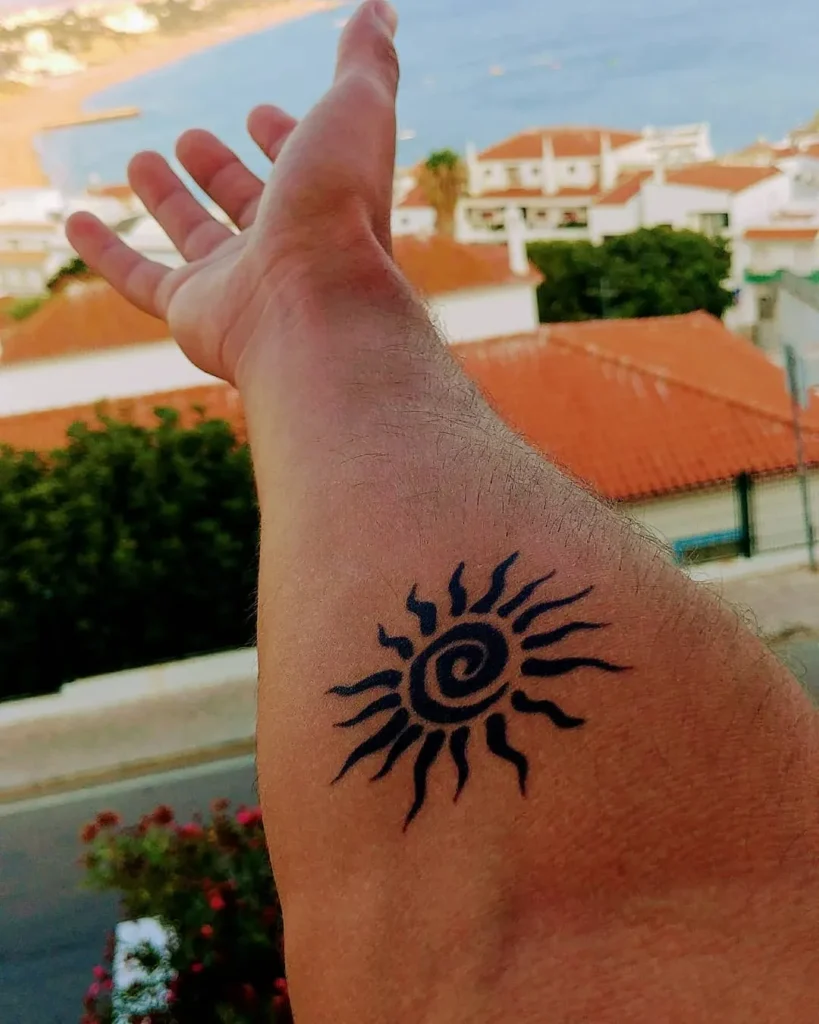

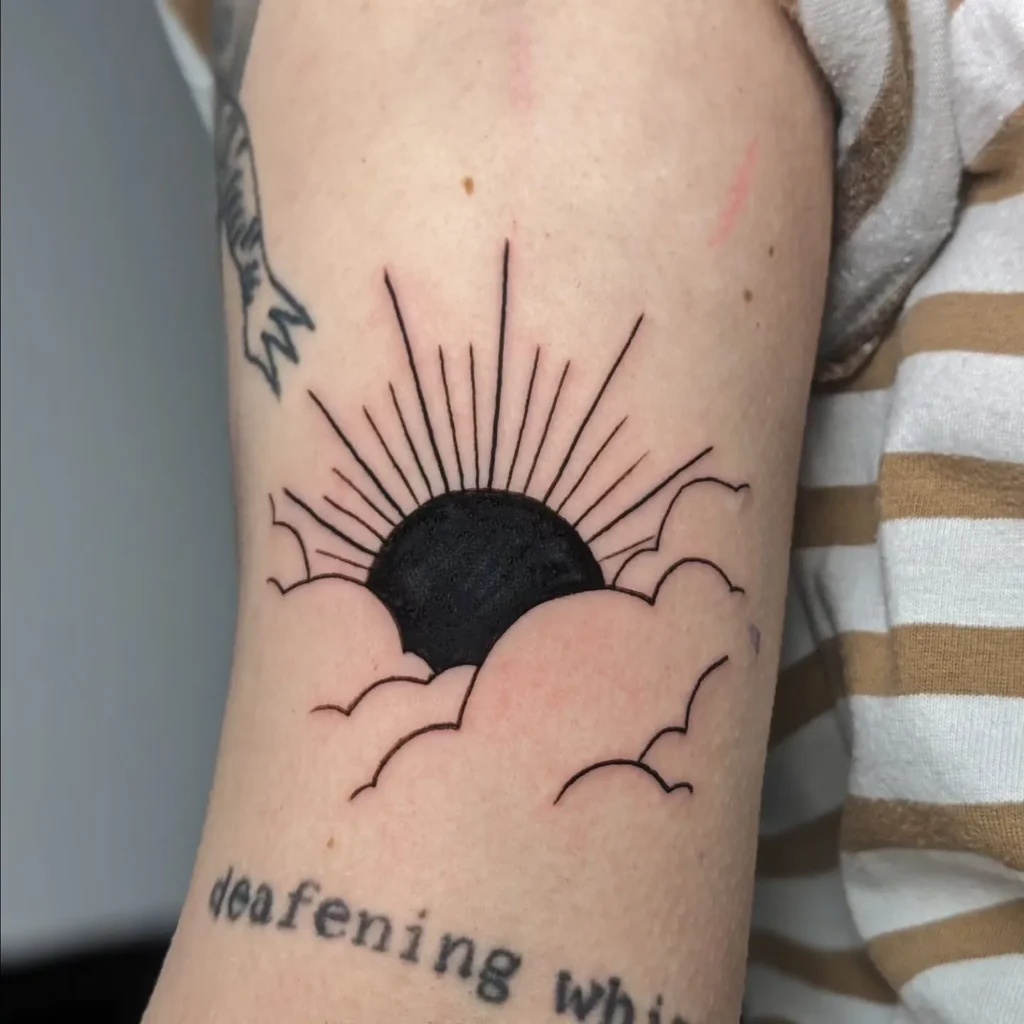
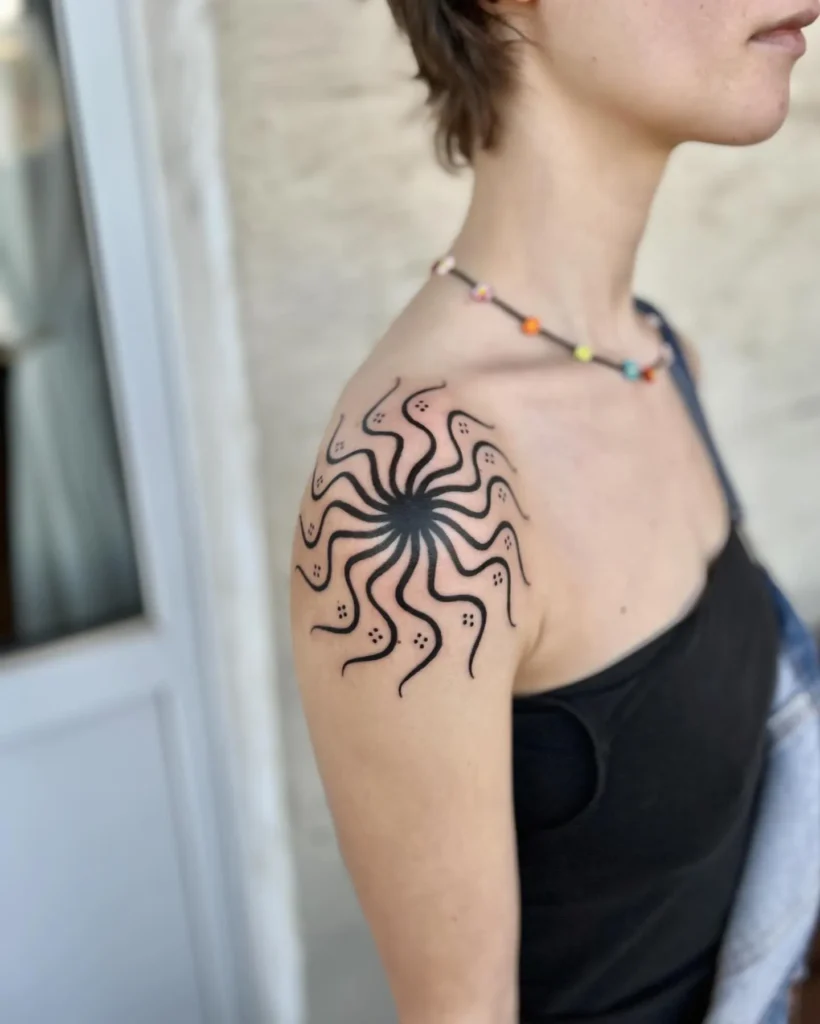
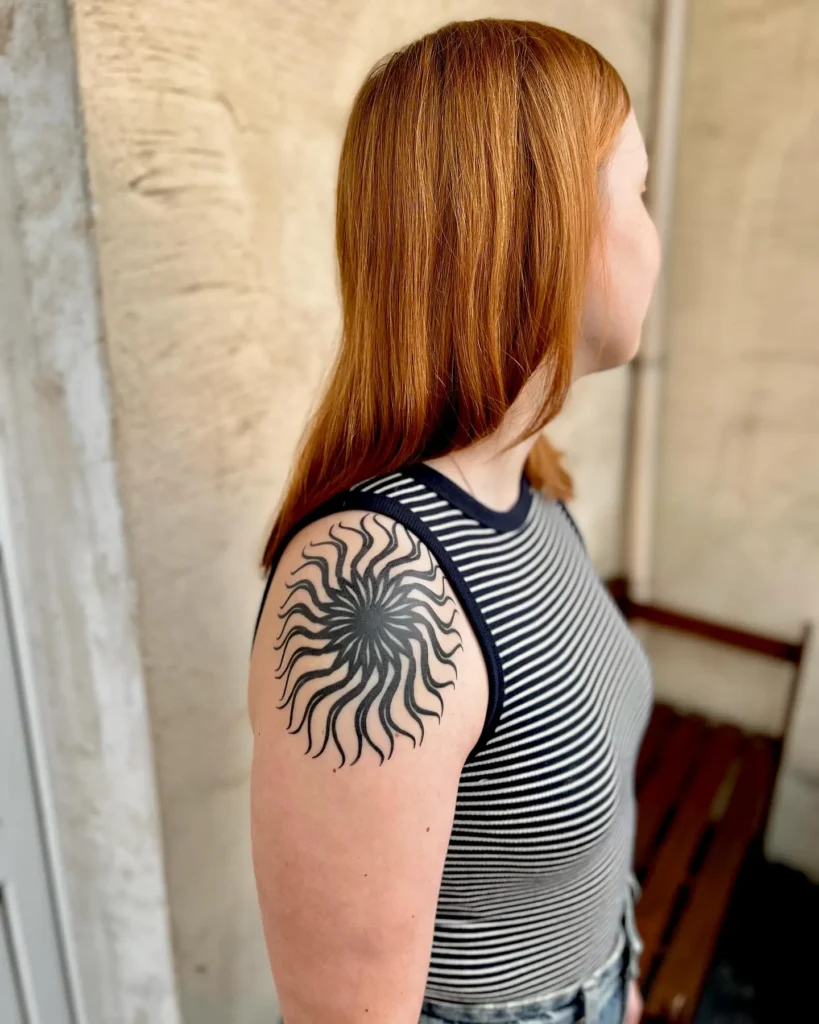
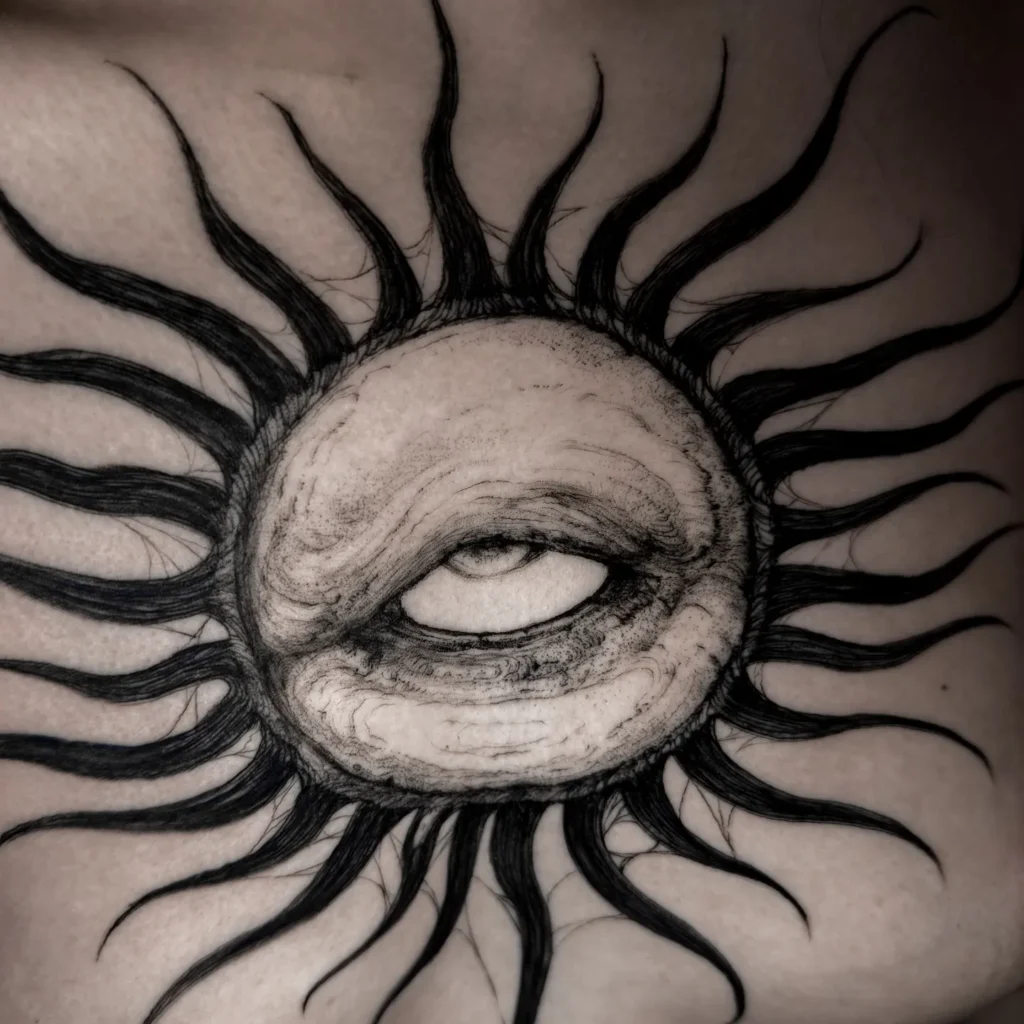
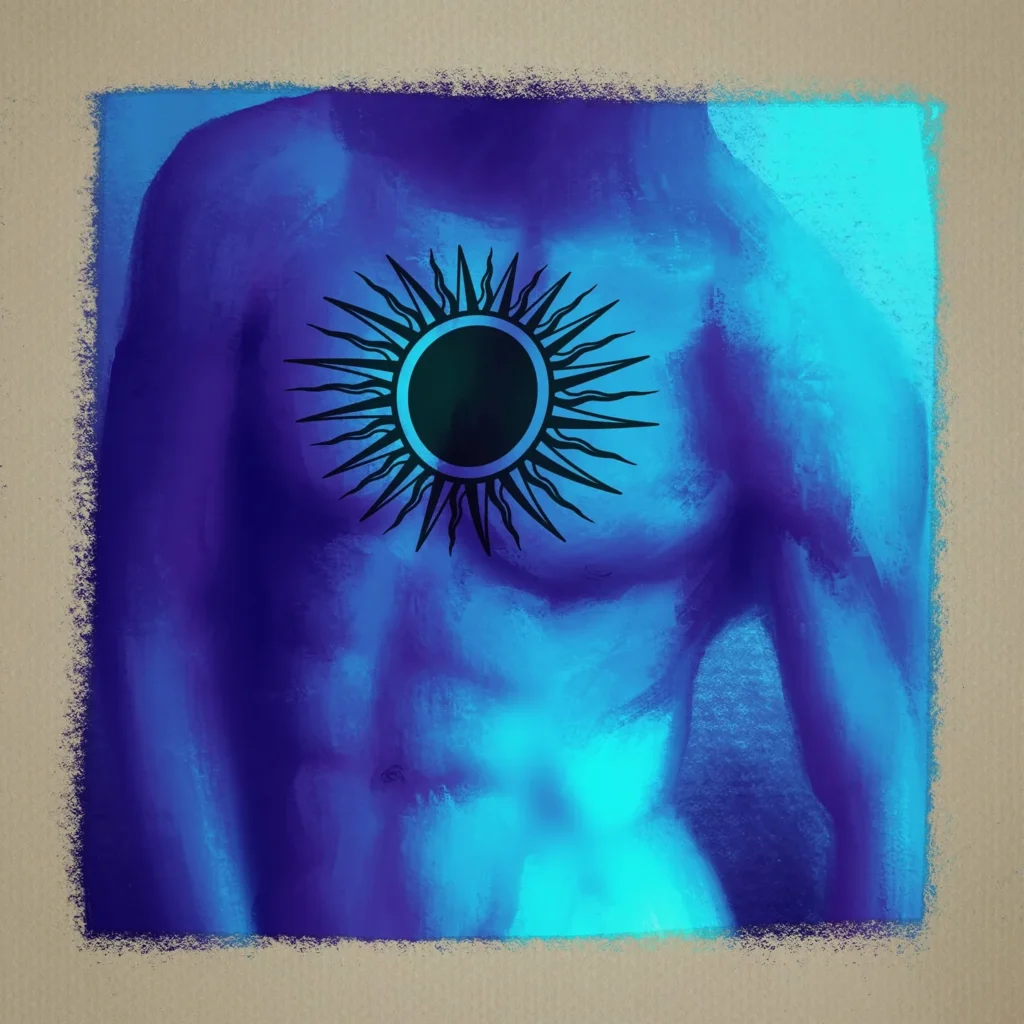
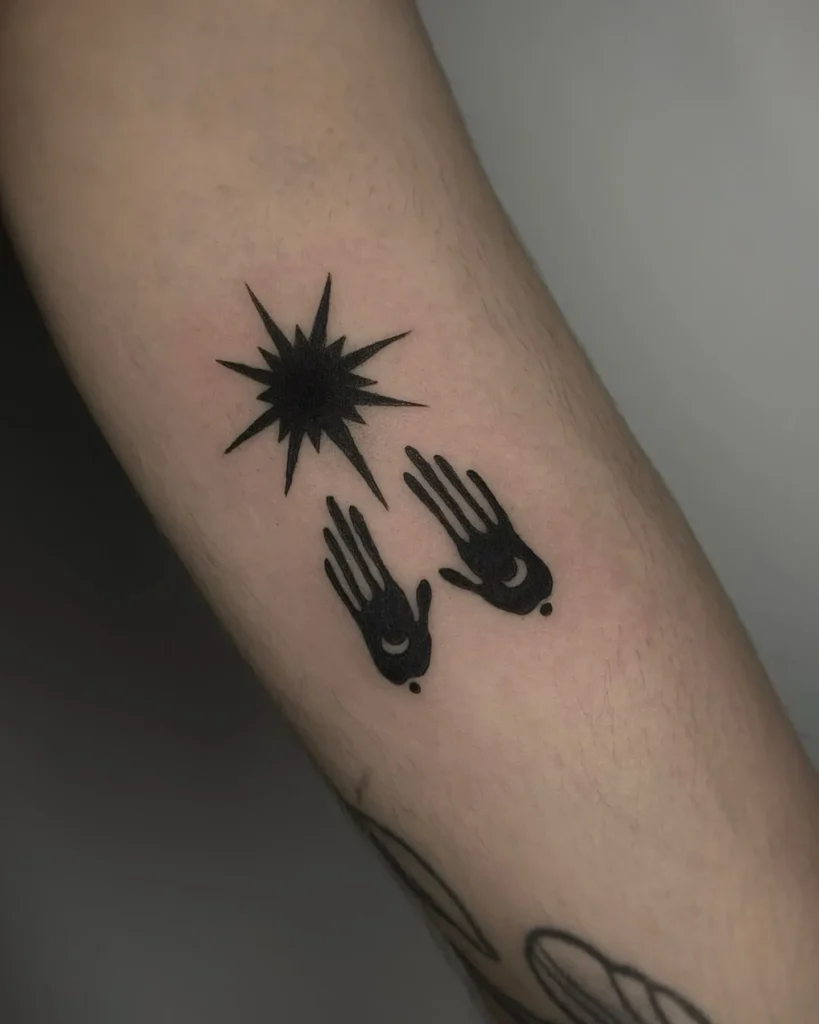
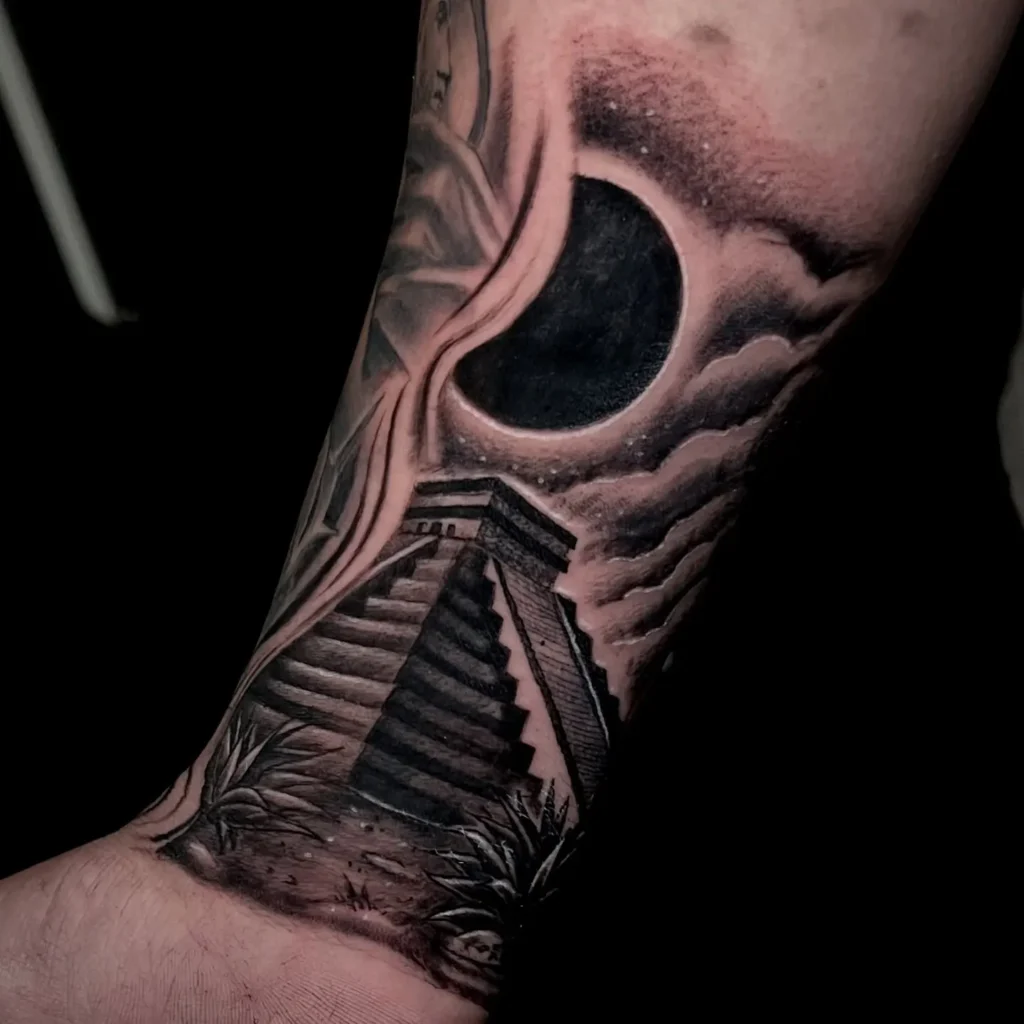
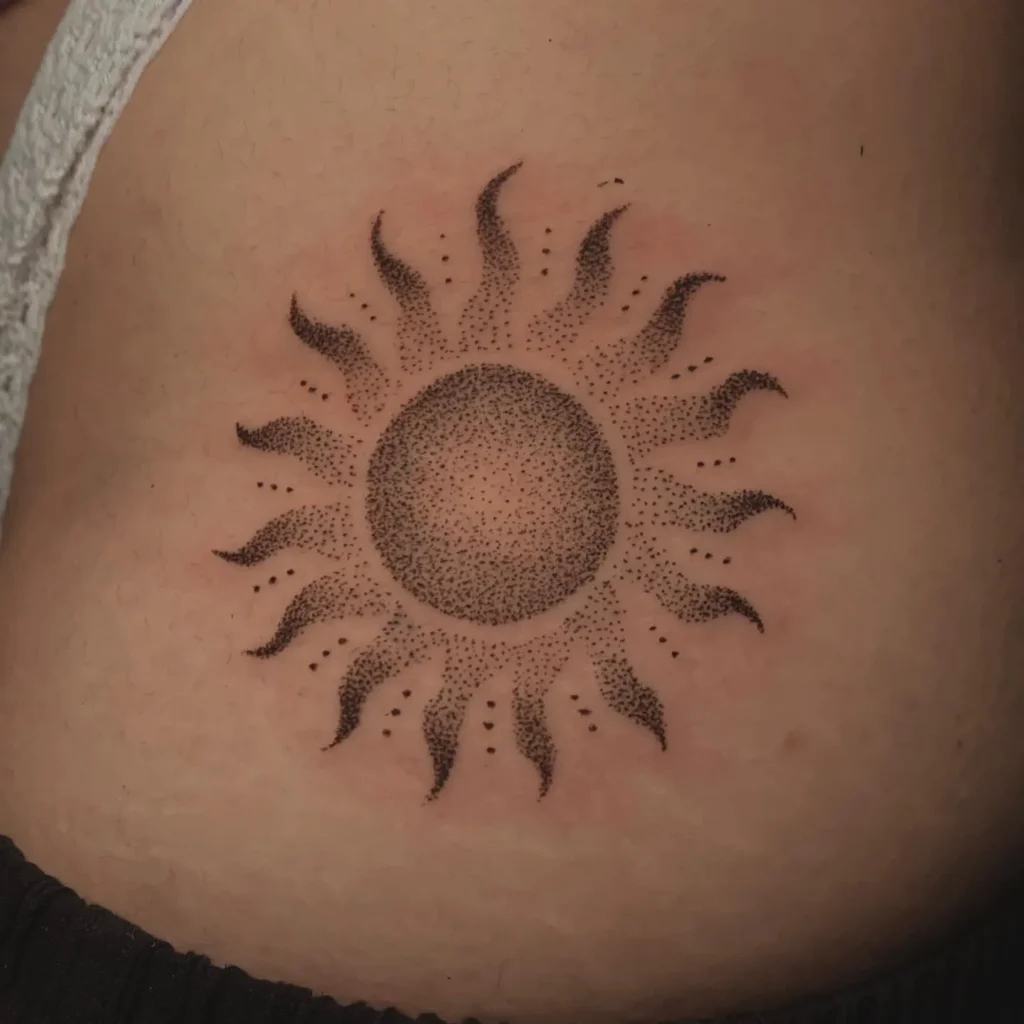



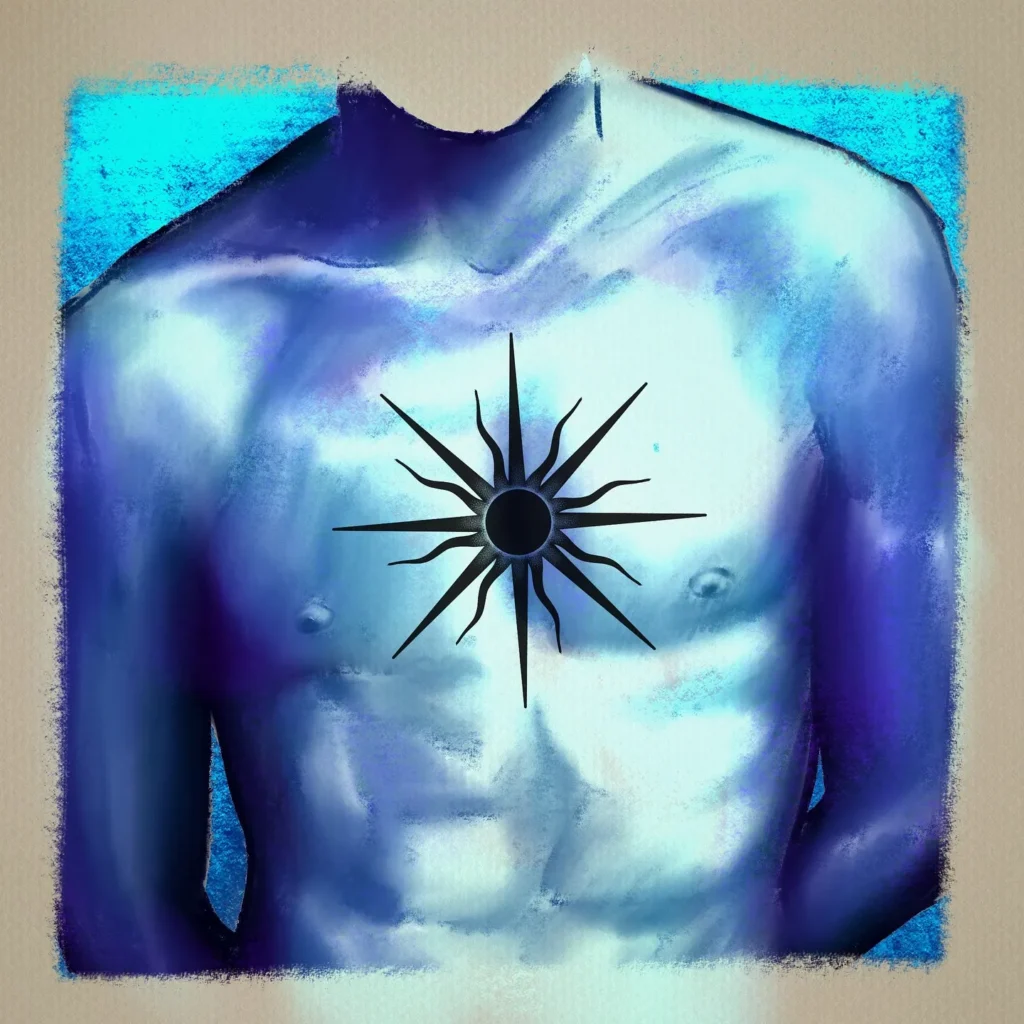
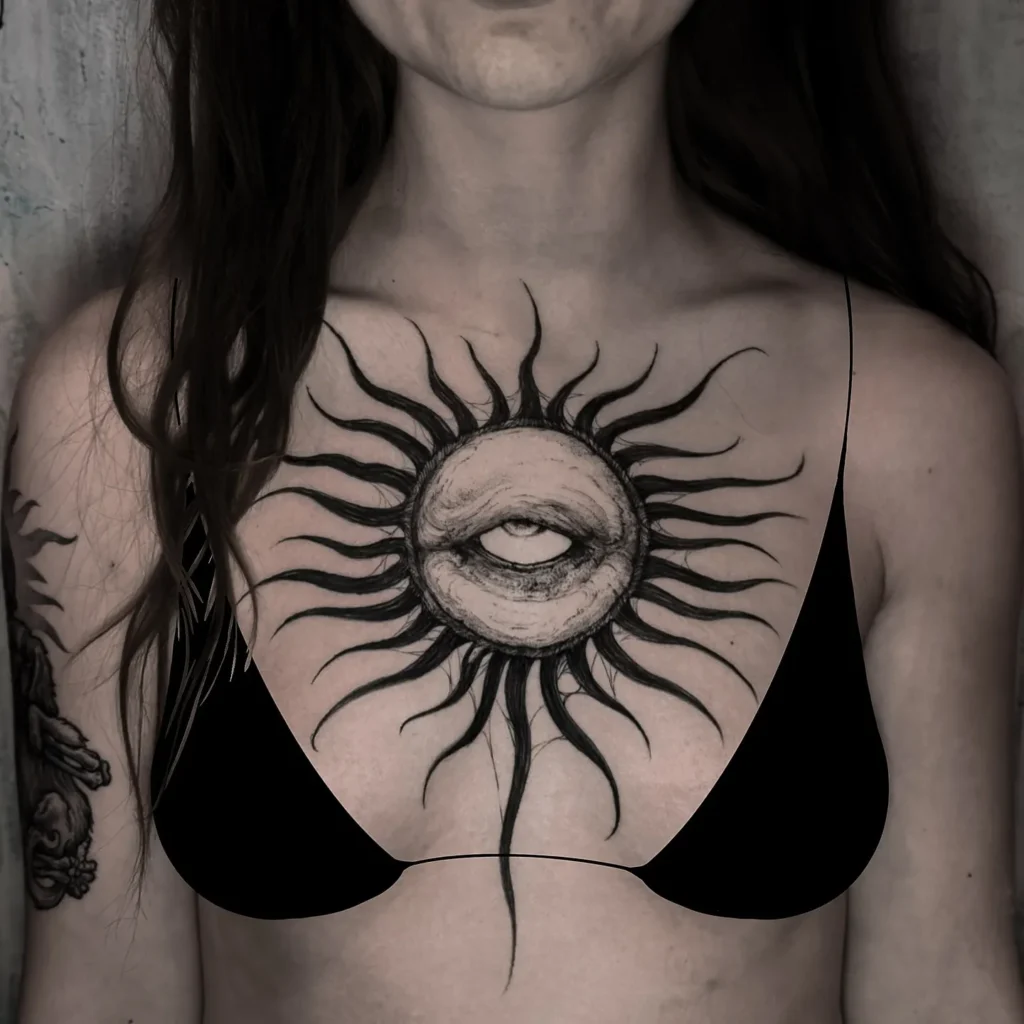
- Butterfly Tattoo Meaning & Symbolism – Ideas and Inspiration
- Broken Chains Tattoo Meaning: Symbolism, Designs, and Ideas ⛓️💥
- Black Widow Tattoo: Meaning, Symbolism & Design Ideas 🕷️
- Black Sun Tattoo Meaning: Symbolism, Controversies & More You Should Know ⚫
- Black Panther Tattoo Meaning: Symbolism, Ideas & Inspiration
- Bird Tattoo Meaning: Symbolism, Ideas, and Inspiration 🐦
- Bee Tattoo Meaning: Symbolism, Designs & Inspiration 🐝
- Bat Tattoo Meaning: Symbolism, Designs & Inspiration
- Barbed Wire Tattoo Meaning: Symbolism, Designs & Inspiration
- Arrow Tattoo Meaning: Symbolism, Designs, and Inspiration 🏹
- Anubis Tattoo Meaning: Uncover Ancient Symbolism & Design Ideas
- Anchor Tattoo Meaning: Symbolism, Designs & Inspiration
- 999 Tattoo Meaning: Symbolism, Designs, and Inspiration for Your Next Ink 🔥
- 777 Tattoo Meaning: Decoding the Symbolism, Spiritual Significance, and Design Ideas 🍀
- 444 Tattoo Meaning & Symbolism – +82 Ideas and Inspiration
- 333 Tattoo Meaning: Symbolism, Spiritual Significance, and Ideas
- 222 tattoo meaning: discover the symbolism, spiritual significance, and inspiration
- 8 Ball Tattoo Meaning: Symbolism, Designs, and Inspiration
- 3 Dots Tattoo Meaning: Decoding the Symbolism Behind This Iconic Ink
- Snake Tattoo Meaning & Symbolism + 125 Ideas and Inspiration

Alexander Grant is a skilled tattoo artist and cultural historian with a deep understanding of the symbolism and meaning behind tattoos. Known for his expertise in transforming personal stories into meaningful designs, he has collaborated with clients worldwide. Passionate about tattoo history and its cultural significance, Alexander explores the diverse traditions and evolving trends in the art form. His knowledge of both ancient and contemporary tattooing practices positions him as a respected authority in the tattoo community.

